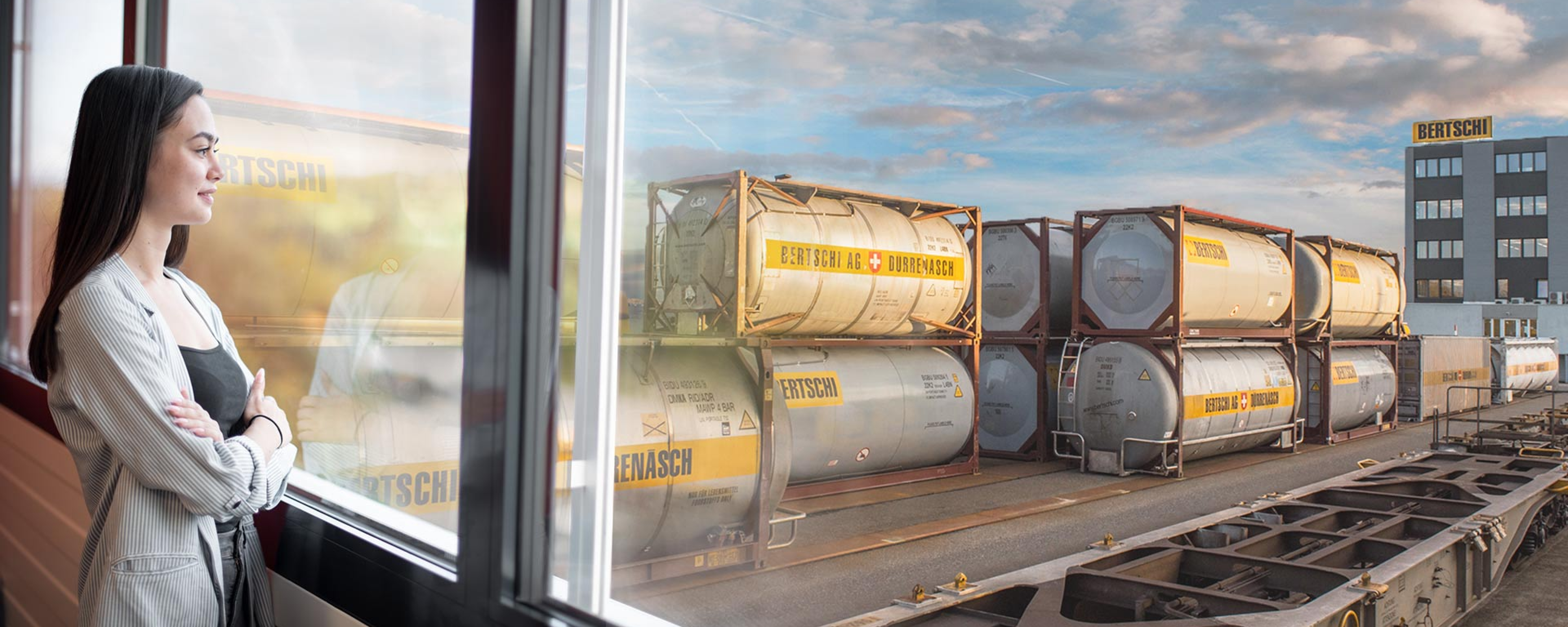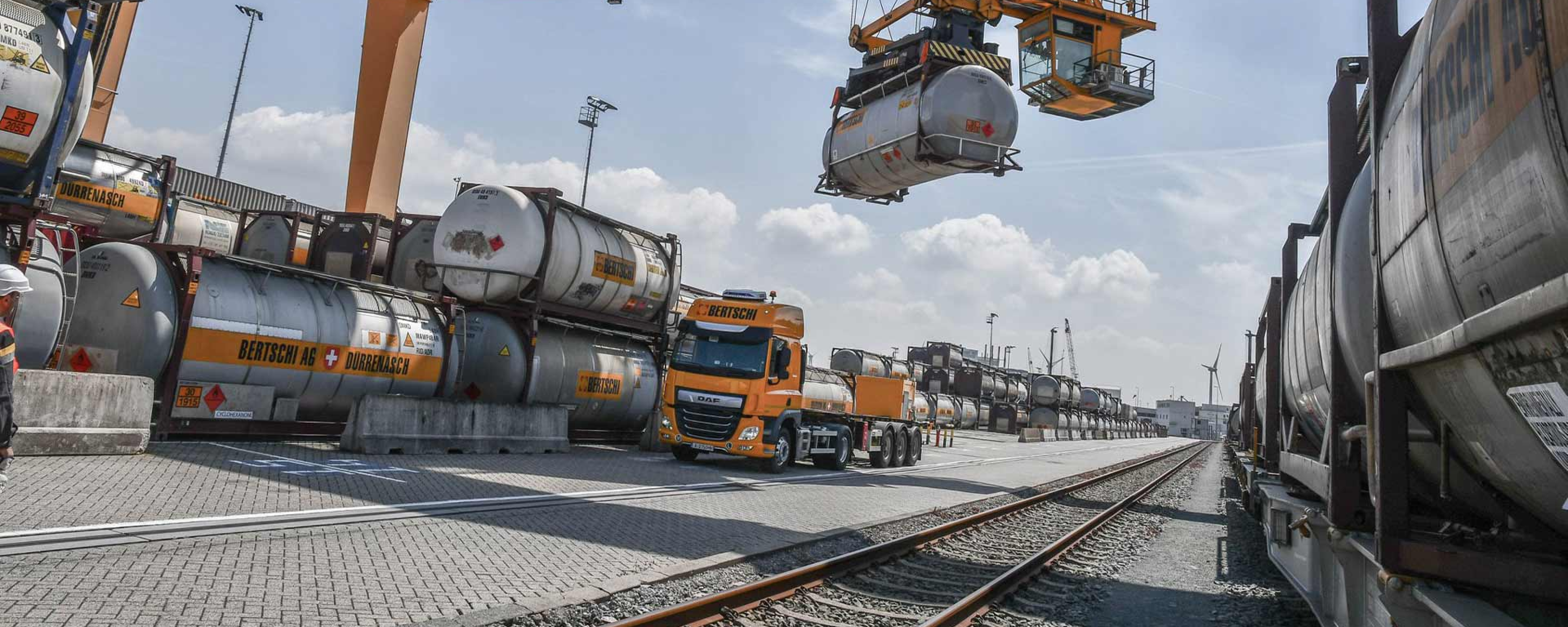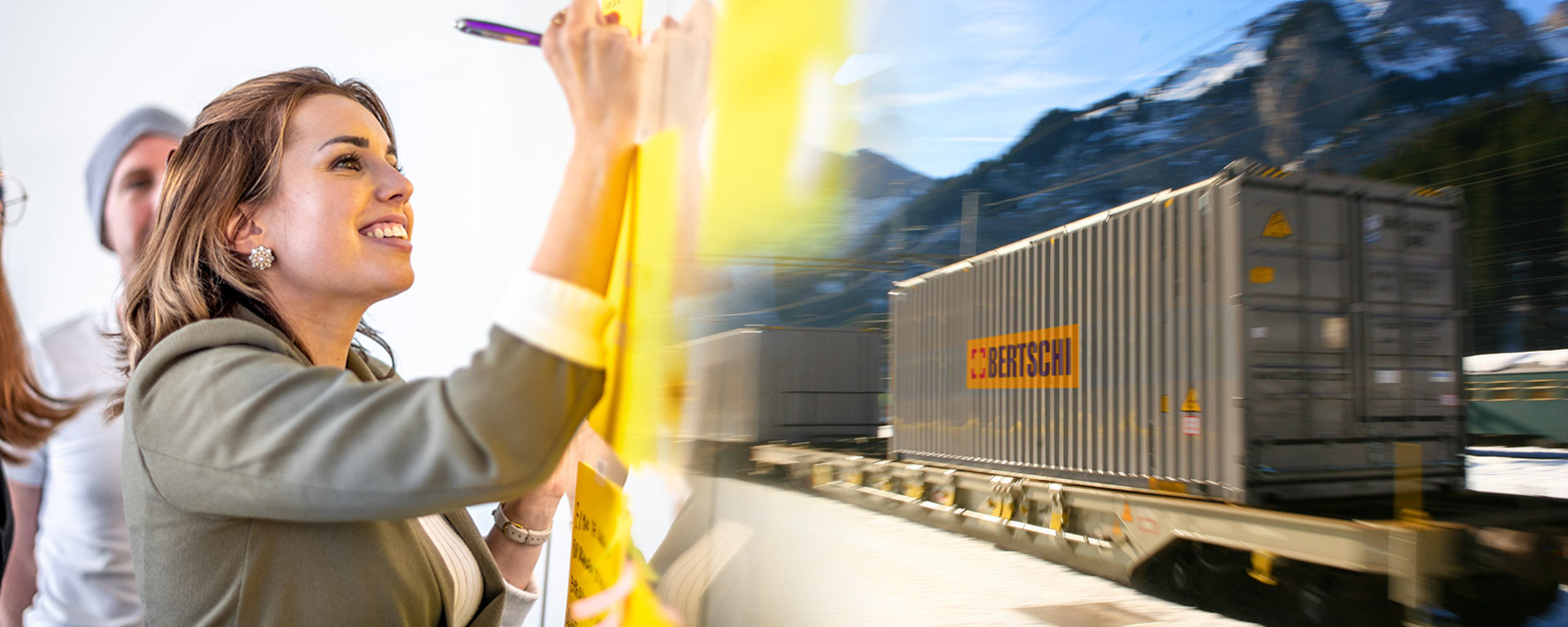1956 – Founding of the company
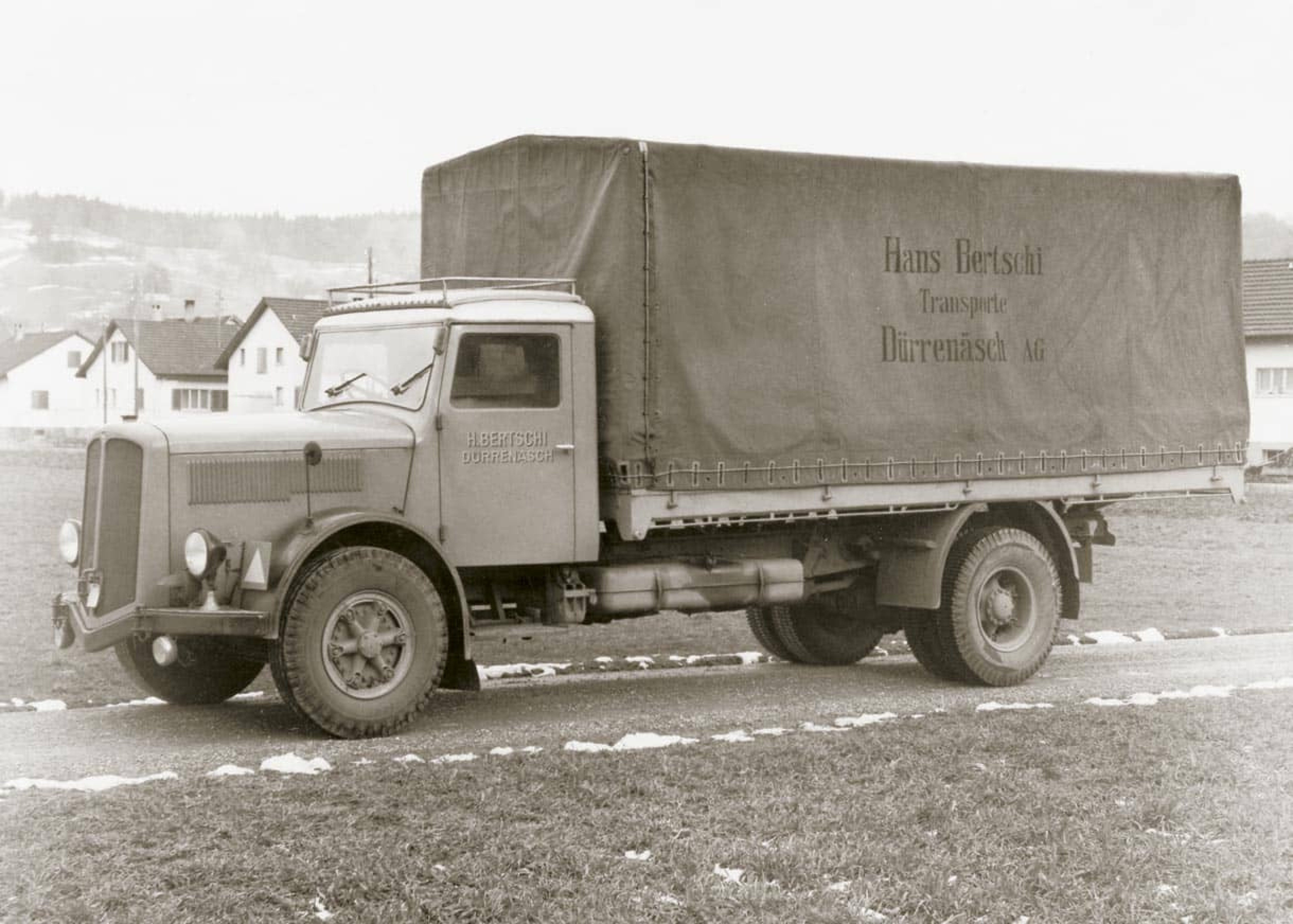
In 1956, Hans Bertschi founds Bertschi Dürrenäsch under sole ownership and purchases the first truck (a Berna model). He transports for instance steel from the Ruhr region in Germany to Aargau in Switzerland, or delivers cork to his home town Dürrenäsch.
1959 – First road tanker for glue transportation
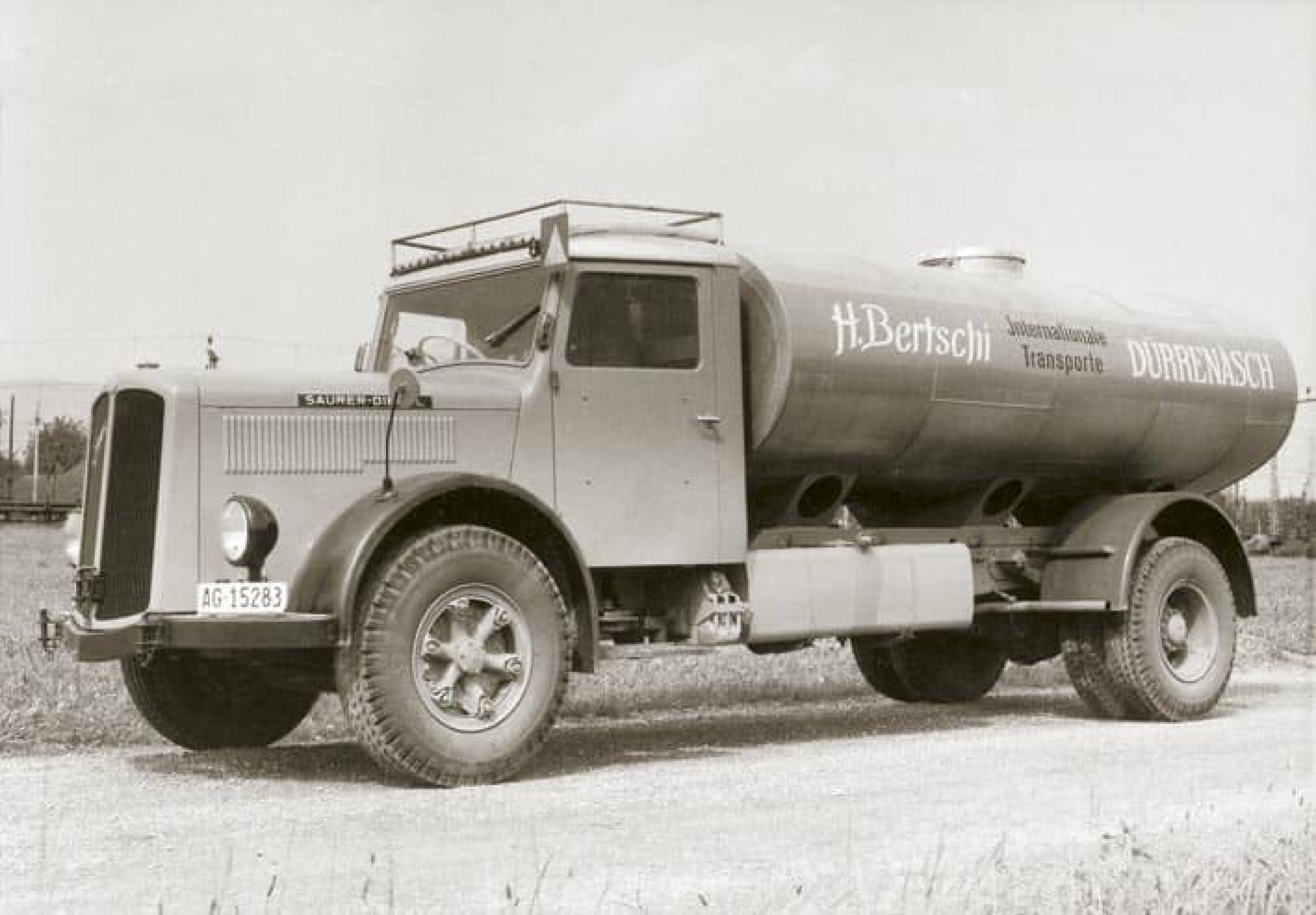
Thanks to Hans Bertschi’s tenacity, he is able to win the business of transporting glue from Ludwigshafen to Switzerland in 1959. To be able to handle this traffic, the first road tanker – a Saurer – is purchased.
1964 – Pioneering work in intermodal transport
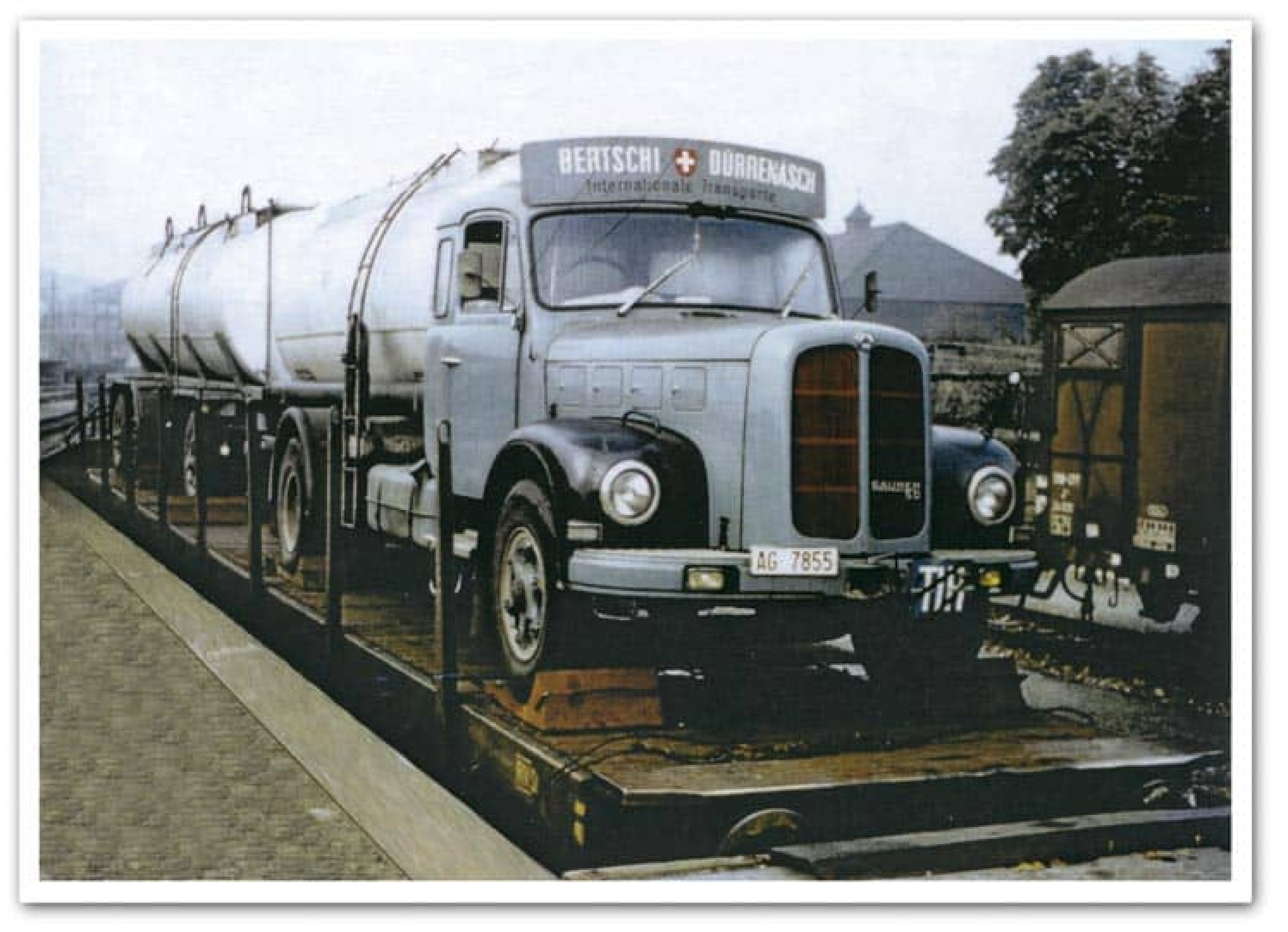
In 1964, following several unsuccessful attempts, Hans Bertschi is finally able to convince Swiss Federal Railways (SBB) of the advantages of loading trucks onto trains. This results in the first transport from Basel to Lugano and marks the birth of transalpine intermodal transportation of goods.
1964 – Bertschi AG is founded
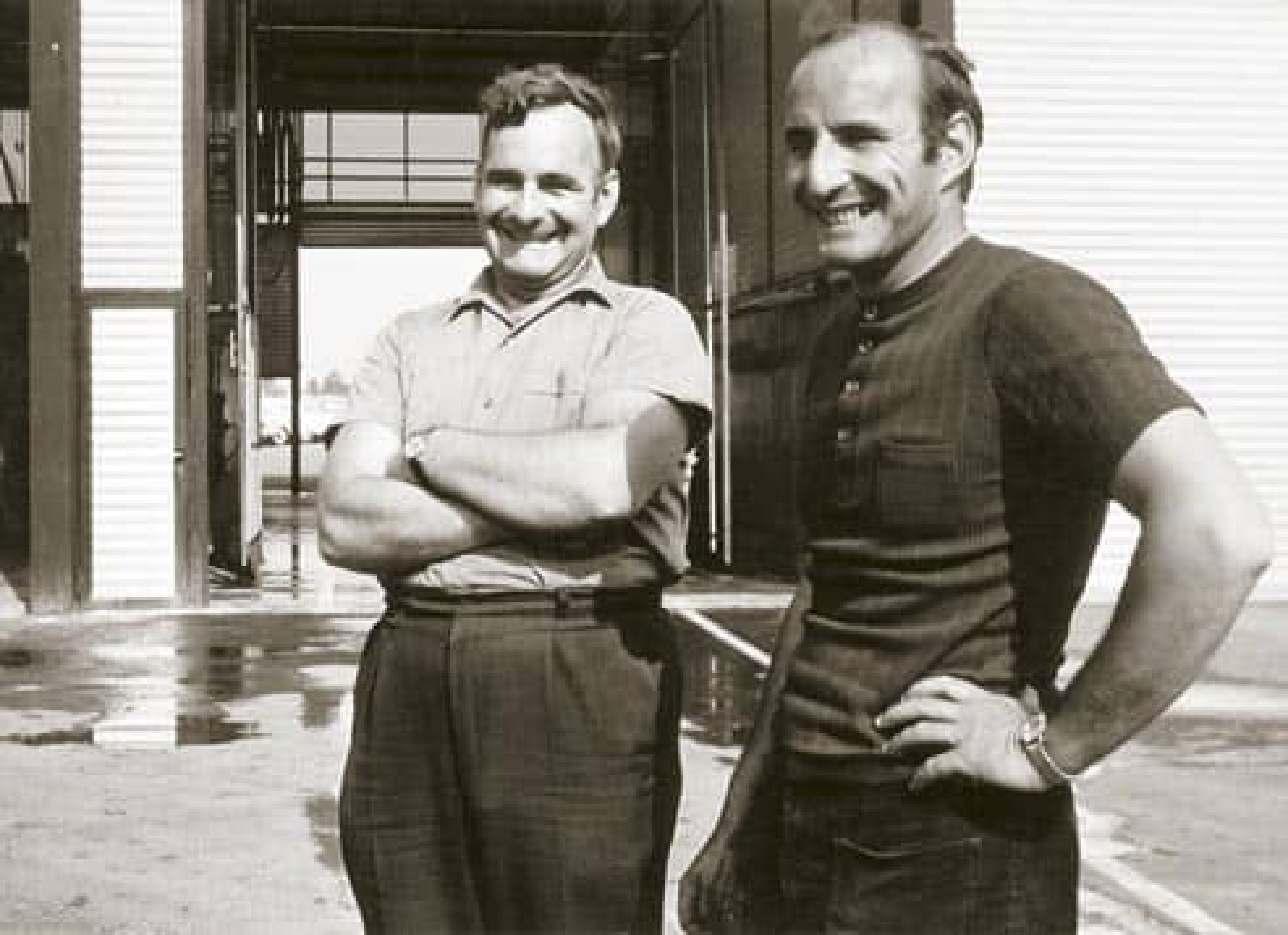
The successful development of the company demands increased support. Therefore, Hans Bertschi calls his brother Rolf in Canada and asks him to take on the technical management of the company.
In 1964, they found Bertschi AG Dürrenäsch together, which remains a family business to this day, now under the ownership of the 2nd and 3rd Bertschi generations.
In 1964, they found Bertschi AG Dürrenäsch together, which remains a family business to this day, now under the ownership of the 2nd and 3rd Bertschi generations.
1965 – The truck fleet grows
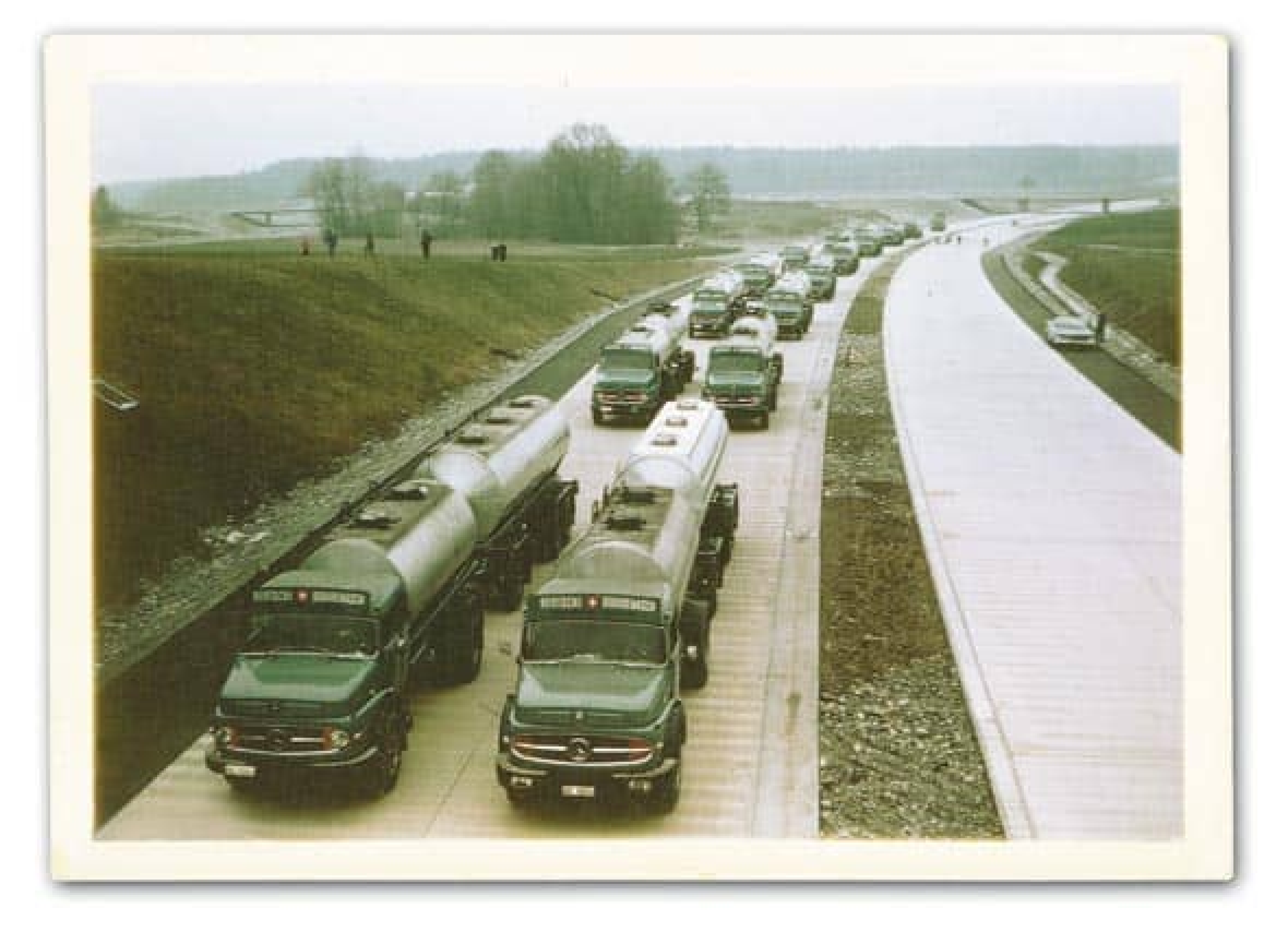
In the years following its foundation, the company is able to win additional business and the vehicle stock grows rapidly. In 1965, the fleet already totals 14 trucks. By 1970, Bertschi commands 26 trucks and 14 tractor units. These are scheduled and operated by 47 employees.
1967 – Founding of HUPAC
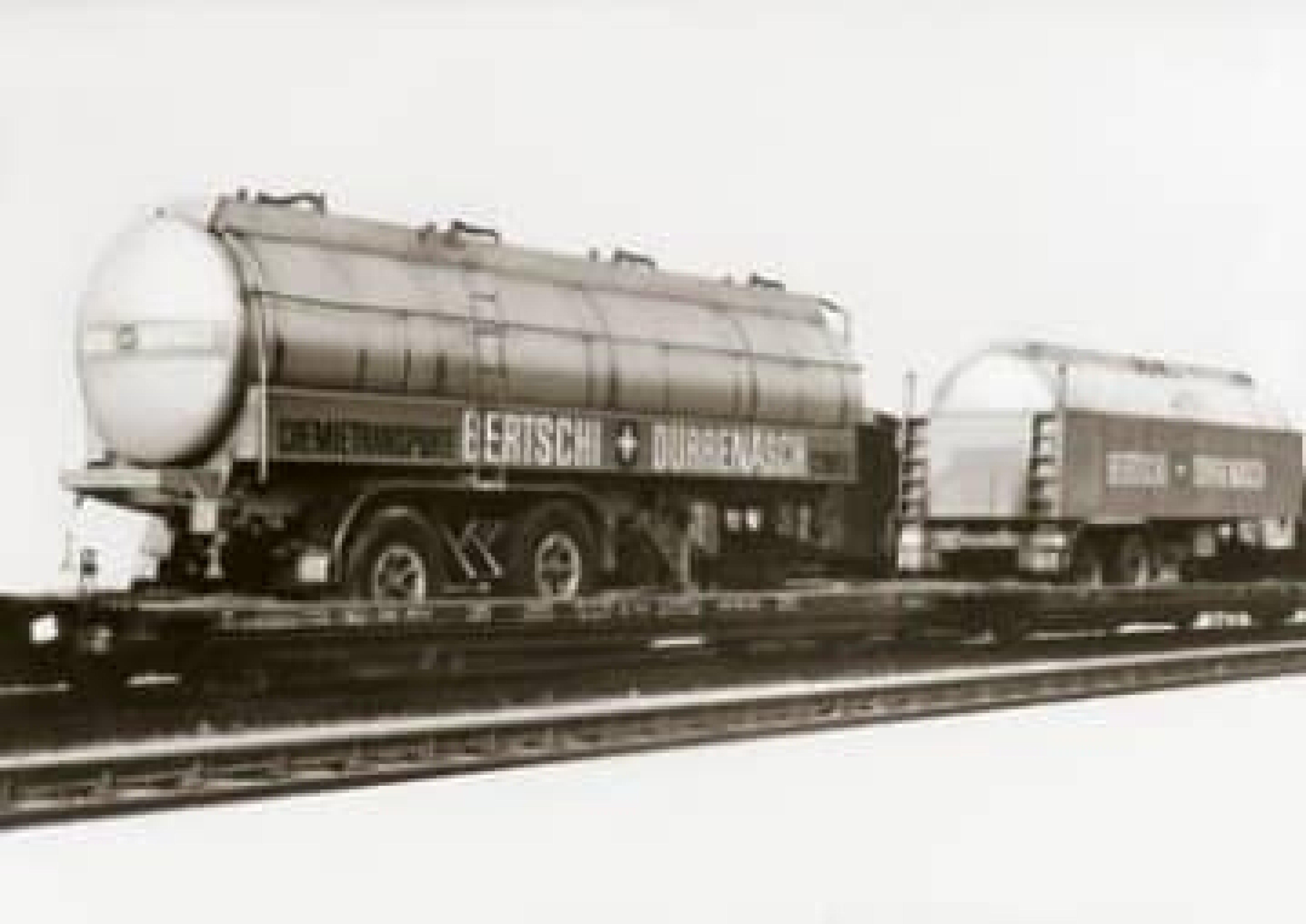
In 1967, together with SBB and 3 other transportation companies, Bertschi AG becomes a founding member of HUPAC. The aim of this new business is to grow intermodal transport in Switzerland. To do this, specially designed, so-called ‘wippen wagons’ are constructed that allow tank trailers and curtainsider trailers to be loaded onto trains for transalpine transport across Switzerland.
1972 – First intermodal transport terminal in Wohlen
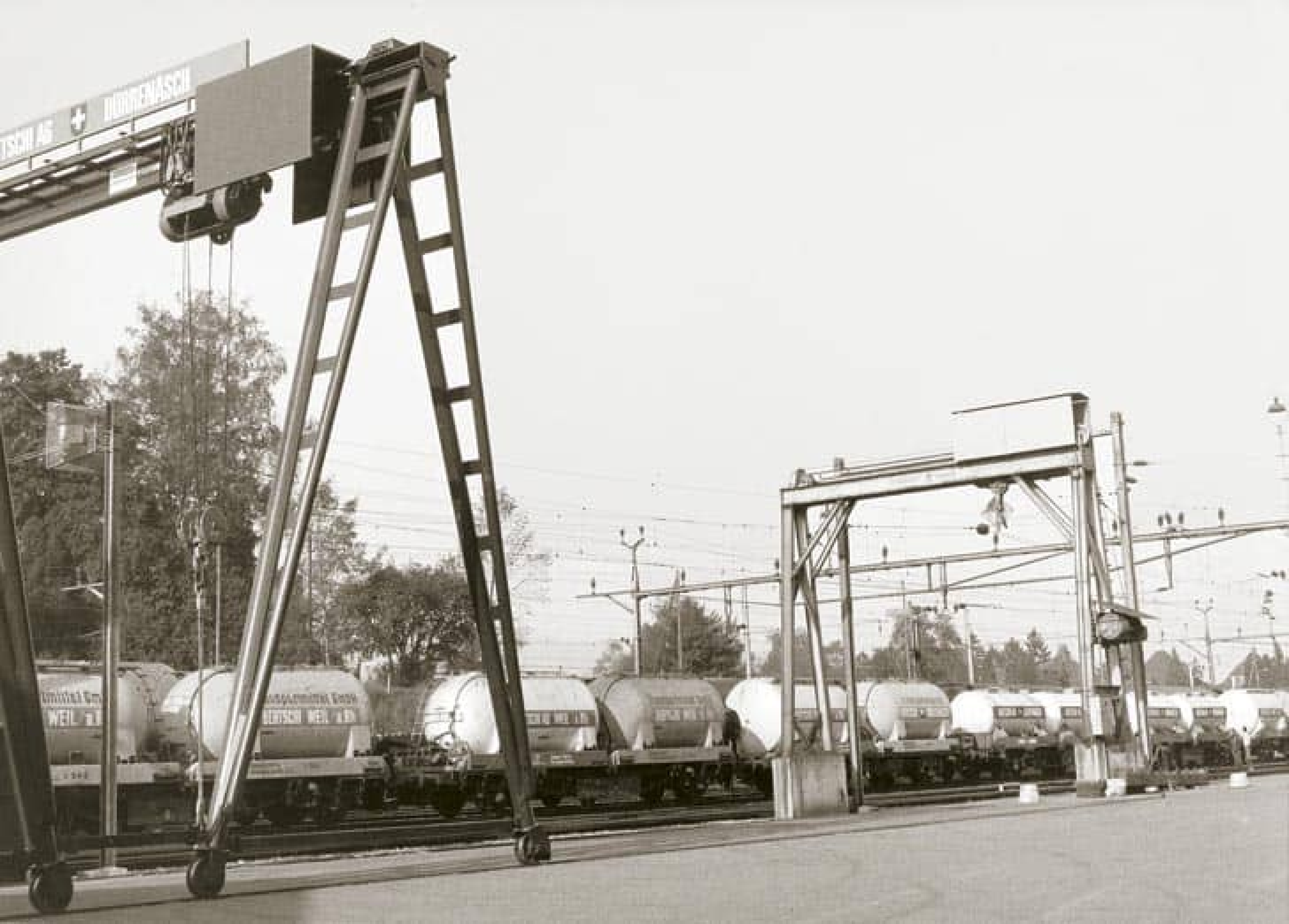
The intermodal terminal built to handle the transfer between rail and road – equipped with a gantry crane – is the first of its kind in Switzerland.
Cologne-Wohlen is launched as the first daily international route using containers and swap bodies.
Cologne-Wohlen is launched as the first daily international route using containers and swap bodies.
1975 – Company emerges strongly from the crisis
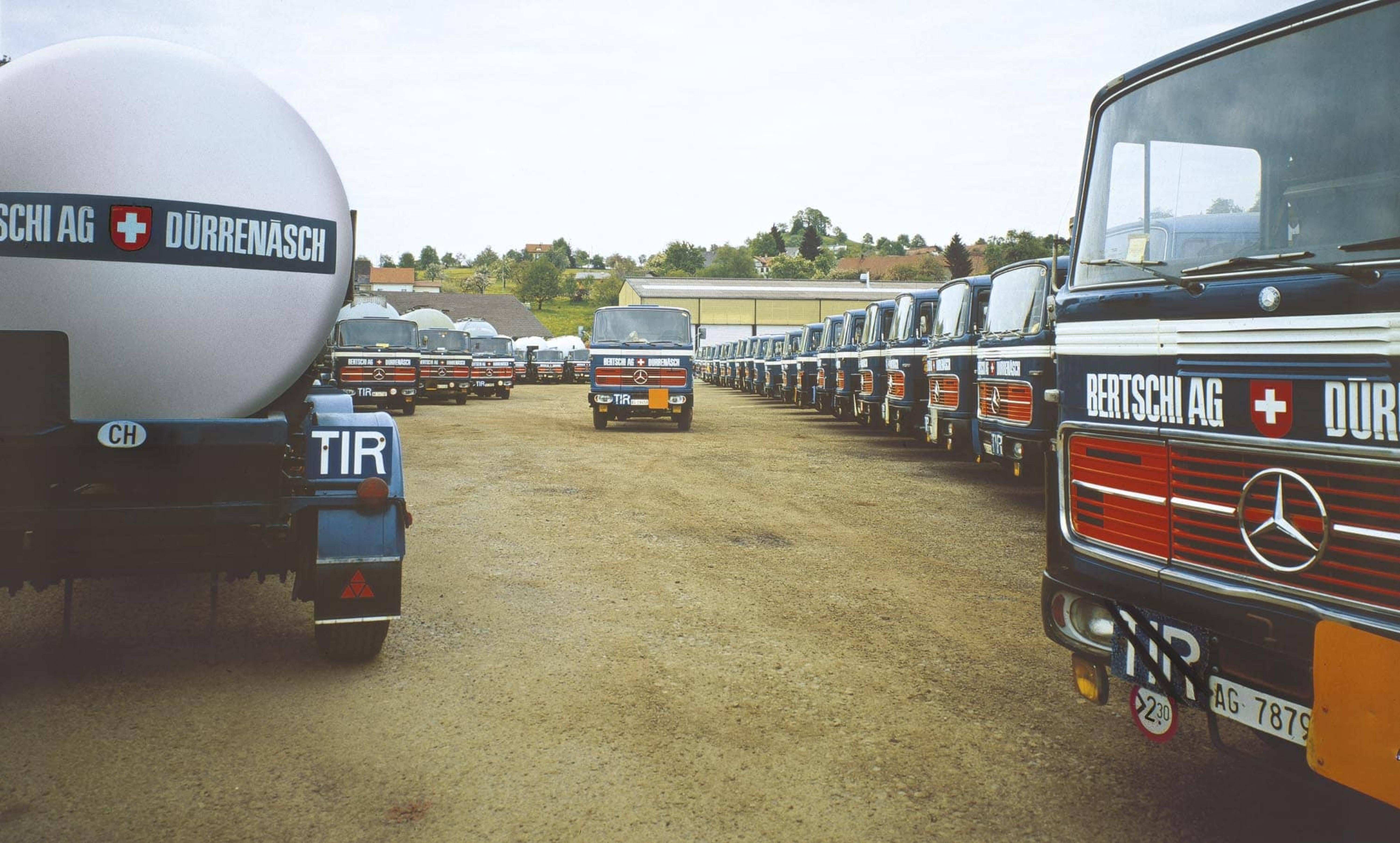
During the years of the oil crisis and the strong appreciation of the Swiss franc (1973), the company has to prove its resilience. The business manages to overcome this period and meanwhile expands to 85 employees, 65 trucks and 80 trailers/semi-trailers.
1976 – Acquisition of Transag AG
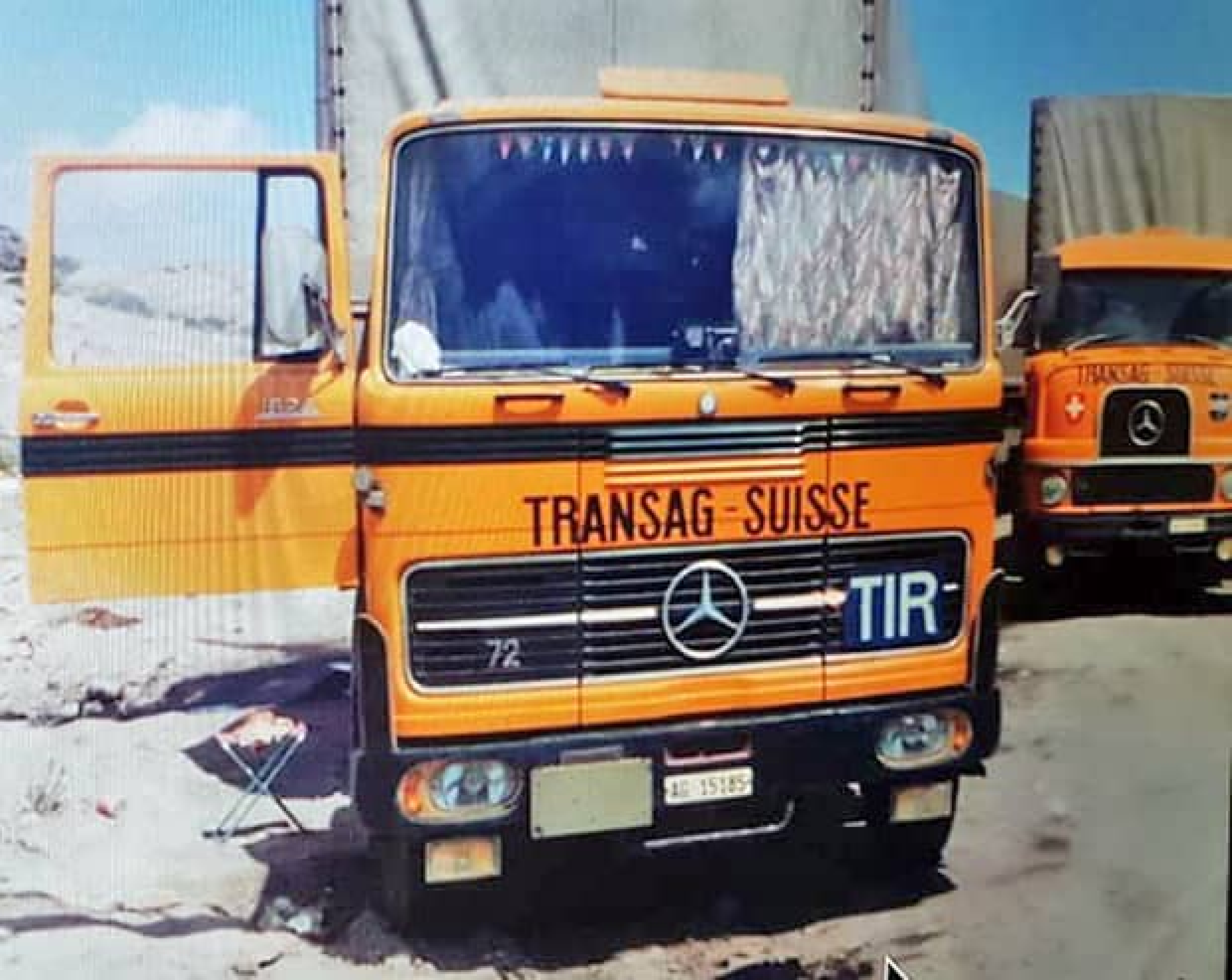
When Transag AG in Gränichen goes bankrupt, Bertschi is able to take over the company and its fleet, increasing its vehicle stock by 40 trucks. In addition to the vehicles, the corporate colour is also adopted and thus changes from blue to yellow.
1977 – First foreign subsidiary in Cologne
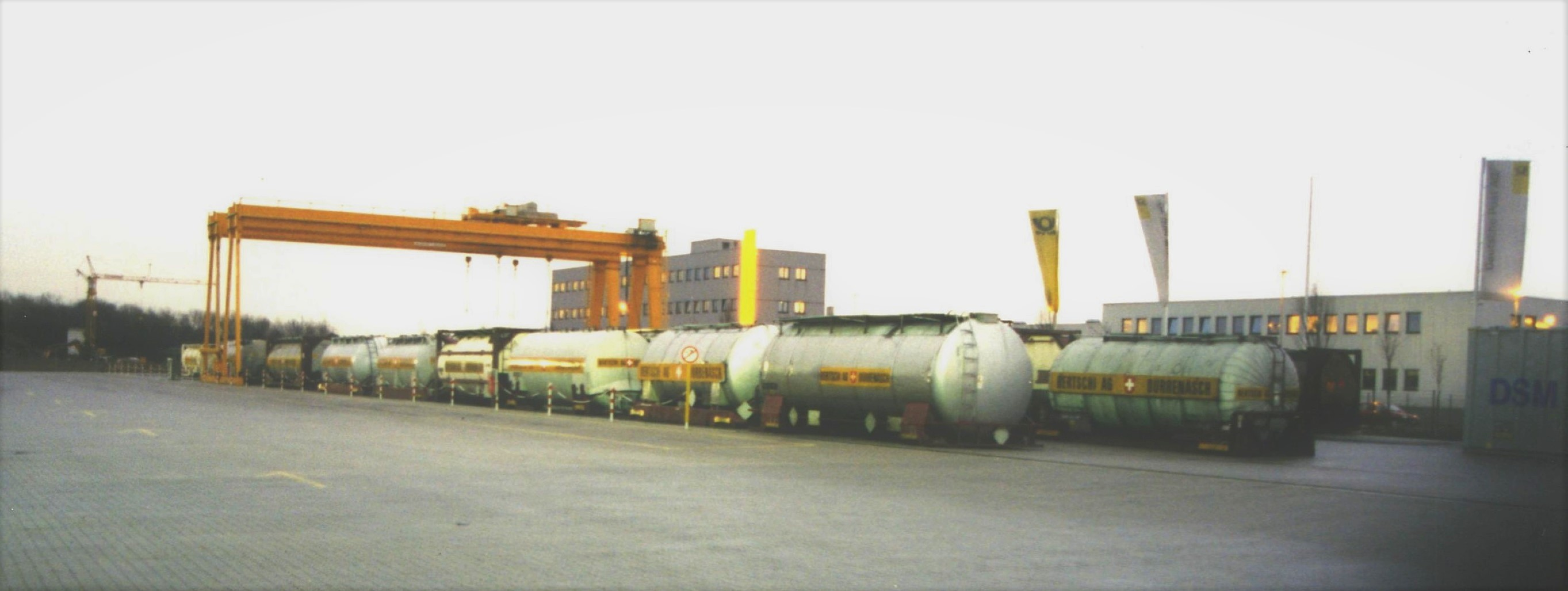
Bertschi Transport GmbH Düsseldorf, with premises in Cologne, is opened as the first subsidiary outside of Switzerland. At the Cologne-Eifeltor intermodal transport terminal, the company’s own swap-bodies are loaded onto rail wagons and transported to Switzerland and, a few years later, also to Italy.
1979 – Opening of the Birrfeld intermodal terminal
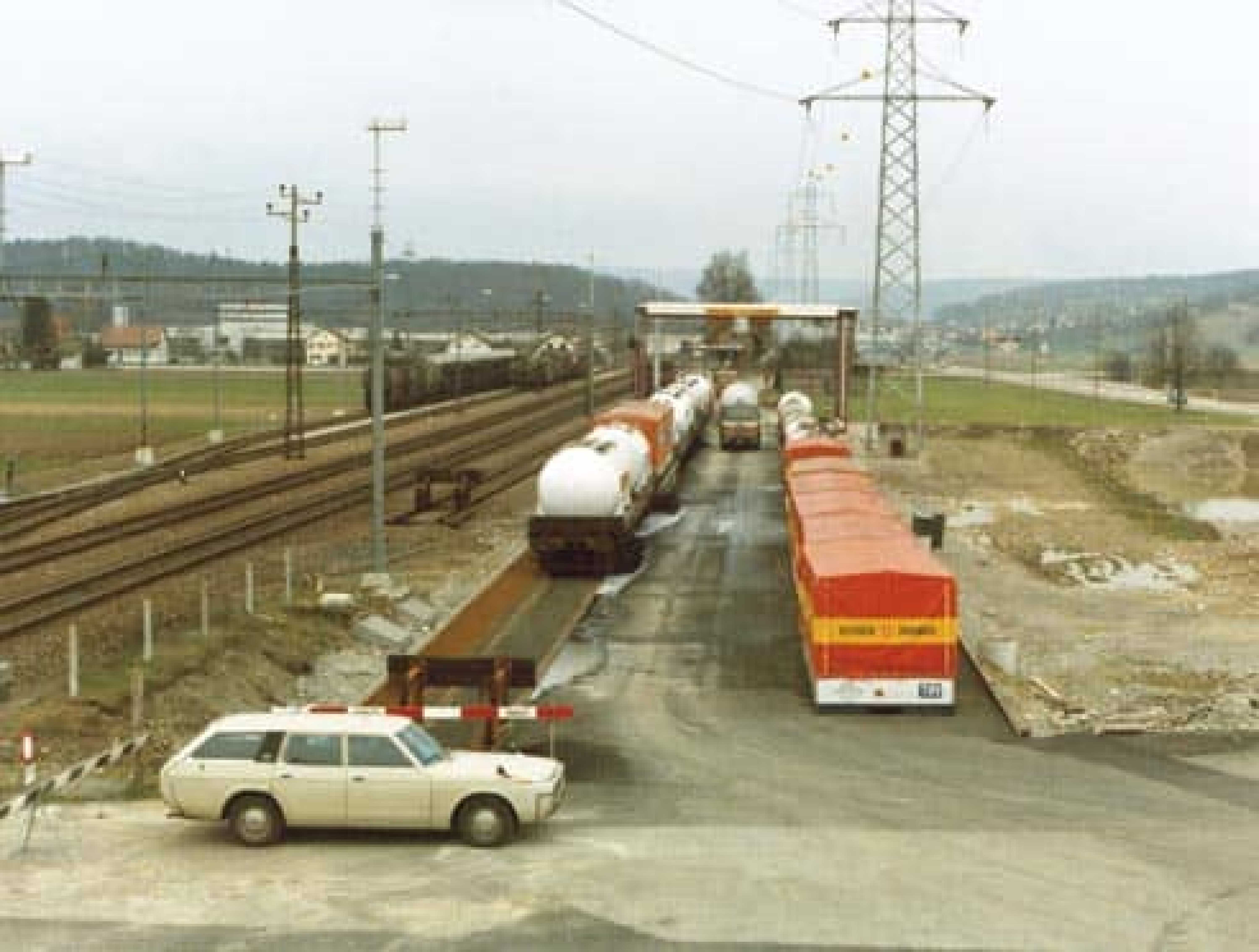
Ideally located near the SBB Basel to Chiasso north-south lane and both the A1 and A3 motorways running east to west, the terminal in Birrfeld rapidly becomes a hub for cargo arriving by rail from Cologne and delivered to end customers in Switzerland via truck.
1983 – Founding of Bertschi Italia in Busto Arsizio
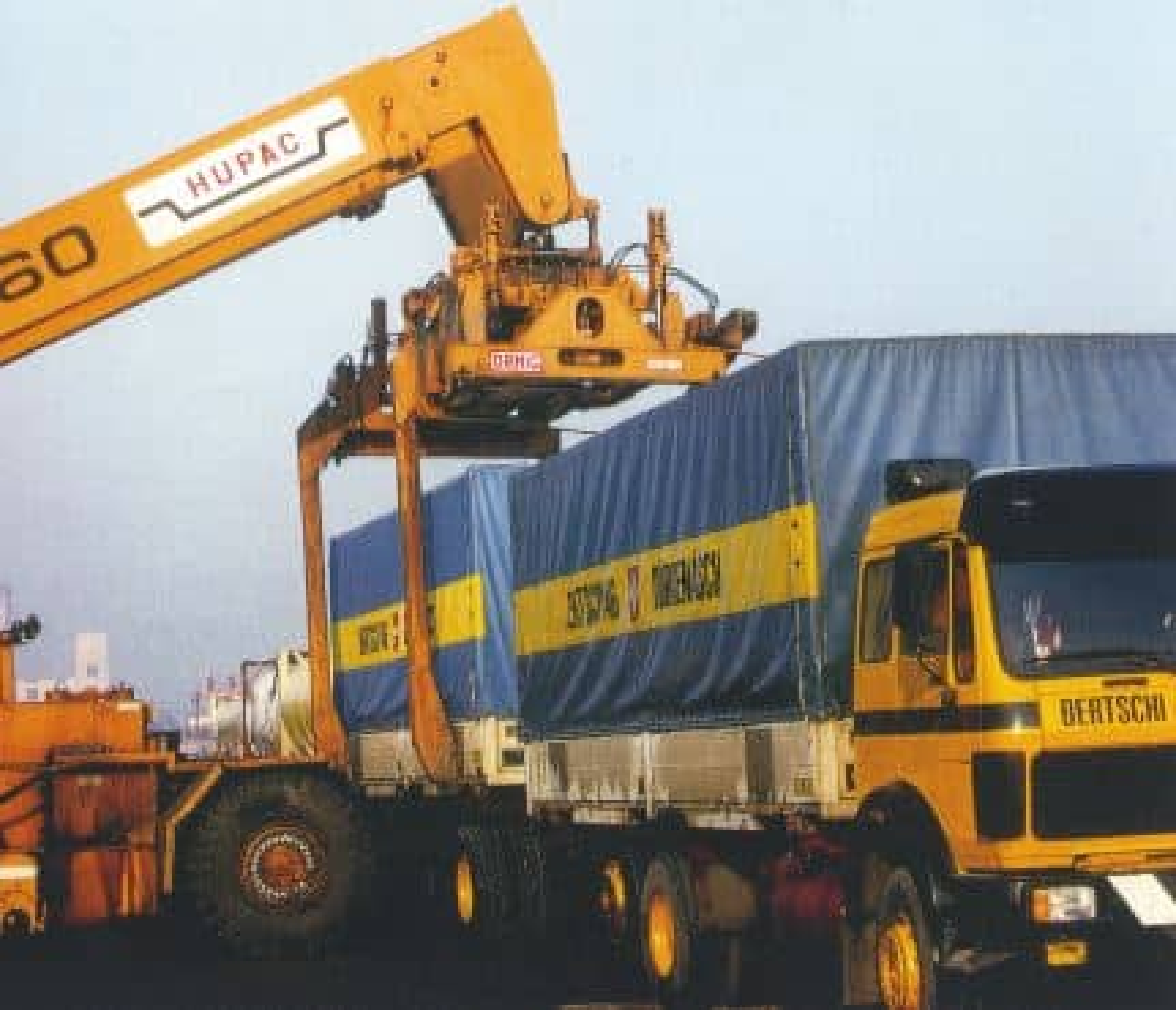
The first Italian subsidiary is founded in Busto Arsizio and established as a key base for north-south traffic.
From 1987-1989 – Expansion of locations
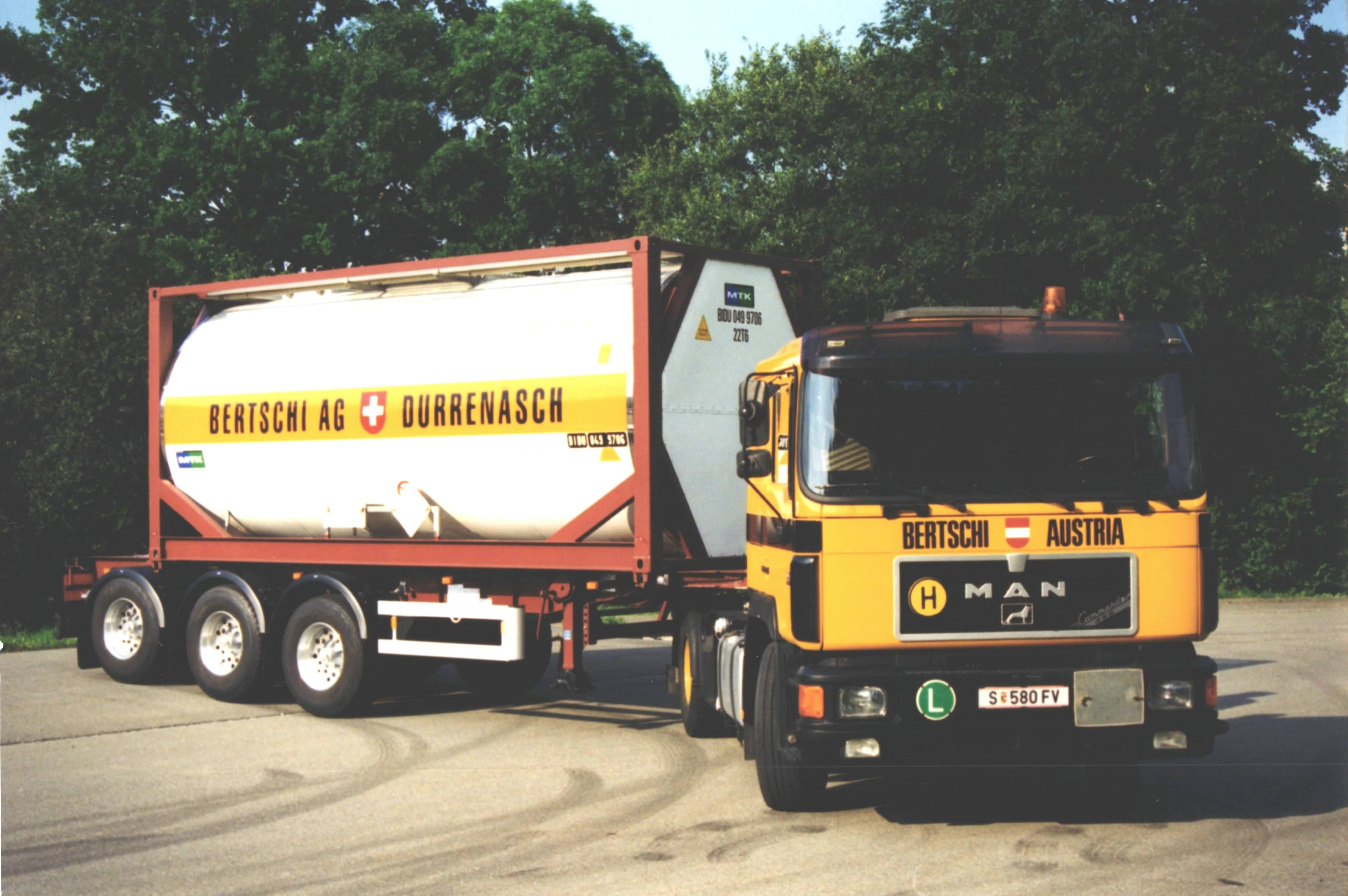
With growth continuing, further subsidiaries are opened in Hamburg, Antwerp, Austria and England.
1993 – Founding of Bertschi Ibérica S.L. (Spain)
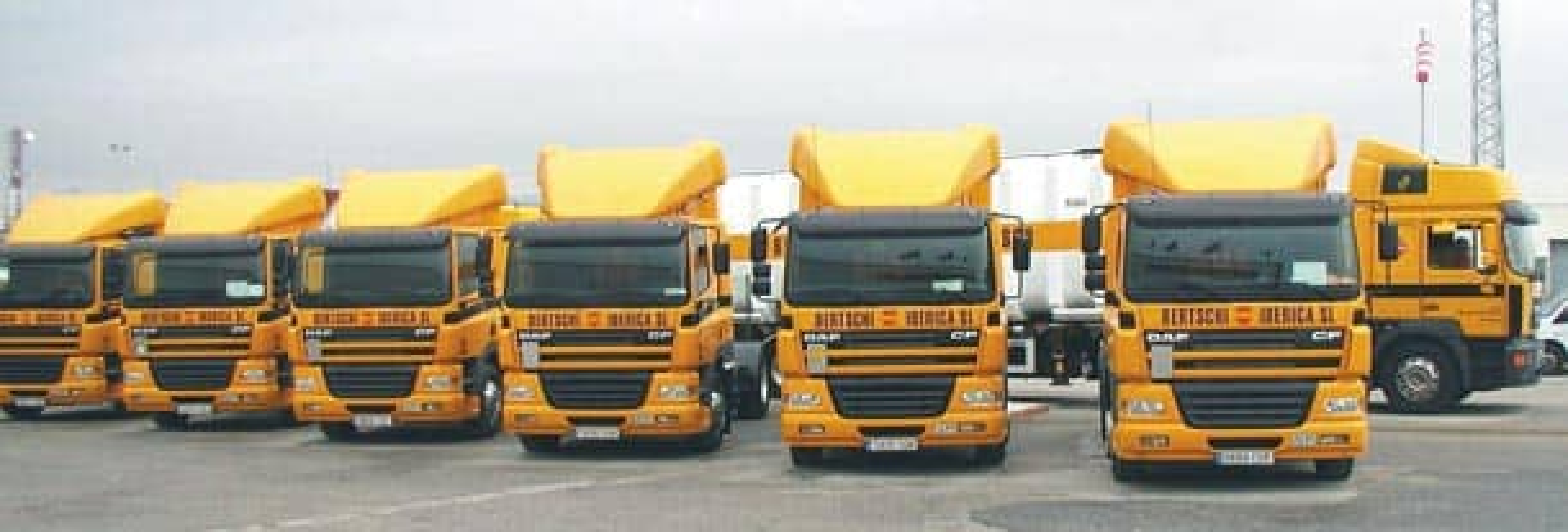
The first Spanish location is opened in Tarragona and a fleet of trucks is established to deliver tank containers from the Spanish rail terminal to end users. In doing so, the traditional north-south intermodal transport route is supplemented with a new west-east route.
1994 – Schwarzheide opens the gateway to Eastern Europe
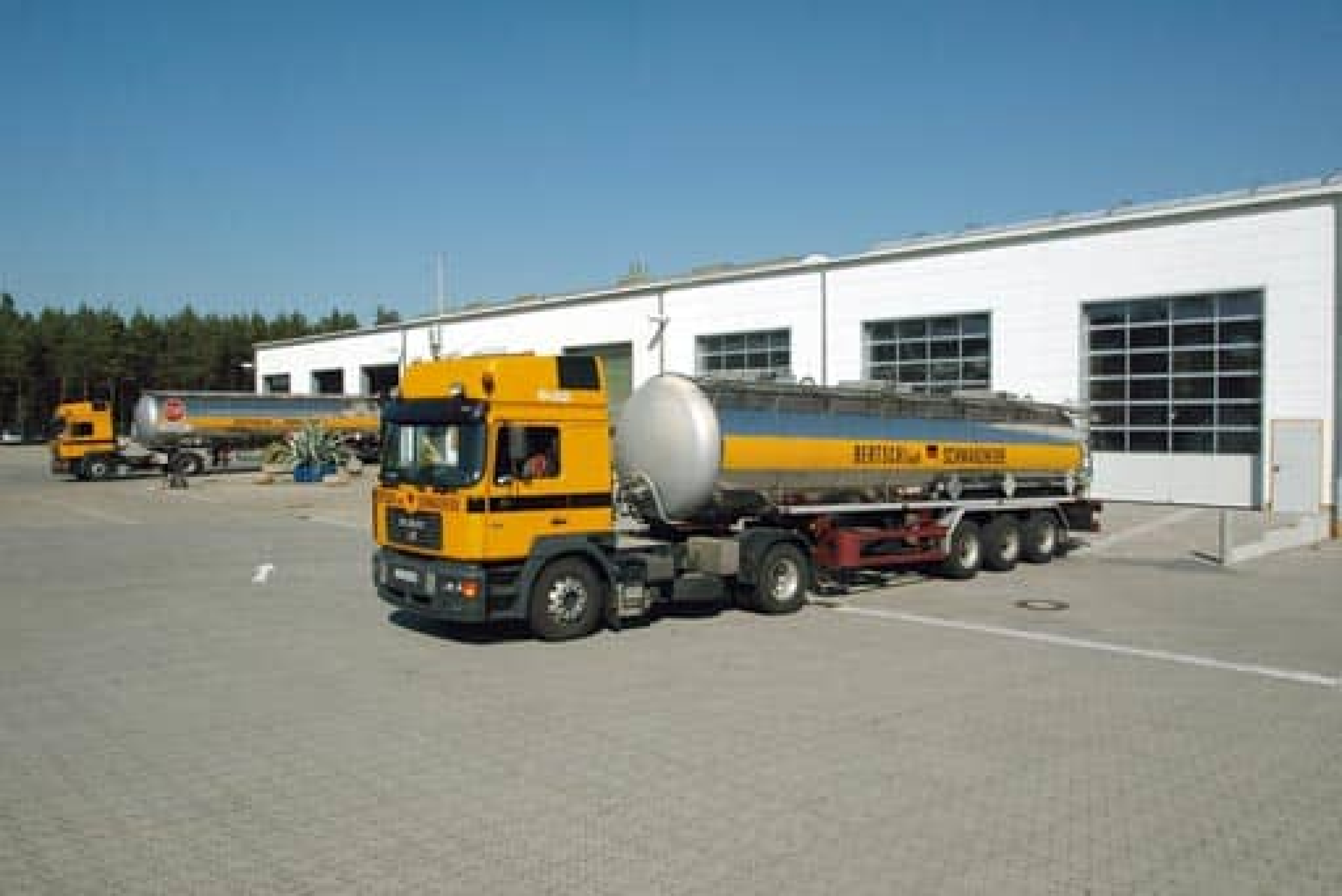
The establishment of a subsidiary in Schwarzheide marks Bertschi’s breakthrough into Eastern Germany and Eastern Europe. Subsequently, the company transports to destinations as far as Ukraine and Russia – occasionally even beyond the Urals.
In the same year, Bertschi is able to buy the local tank cleaning facility, STR Schwarzheide.
In the same year, Bertschi is able to buy the local tank cleaning facility, STR Schwarzheide.
1994 – Hans-Jörg Bertschi takes over
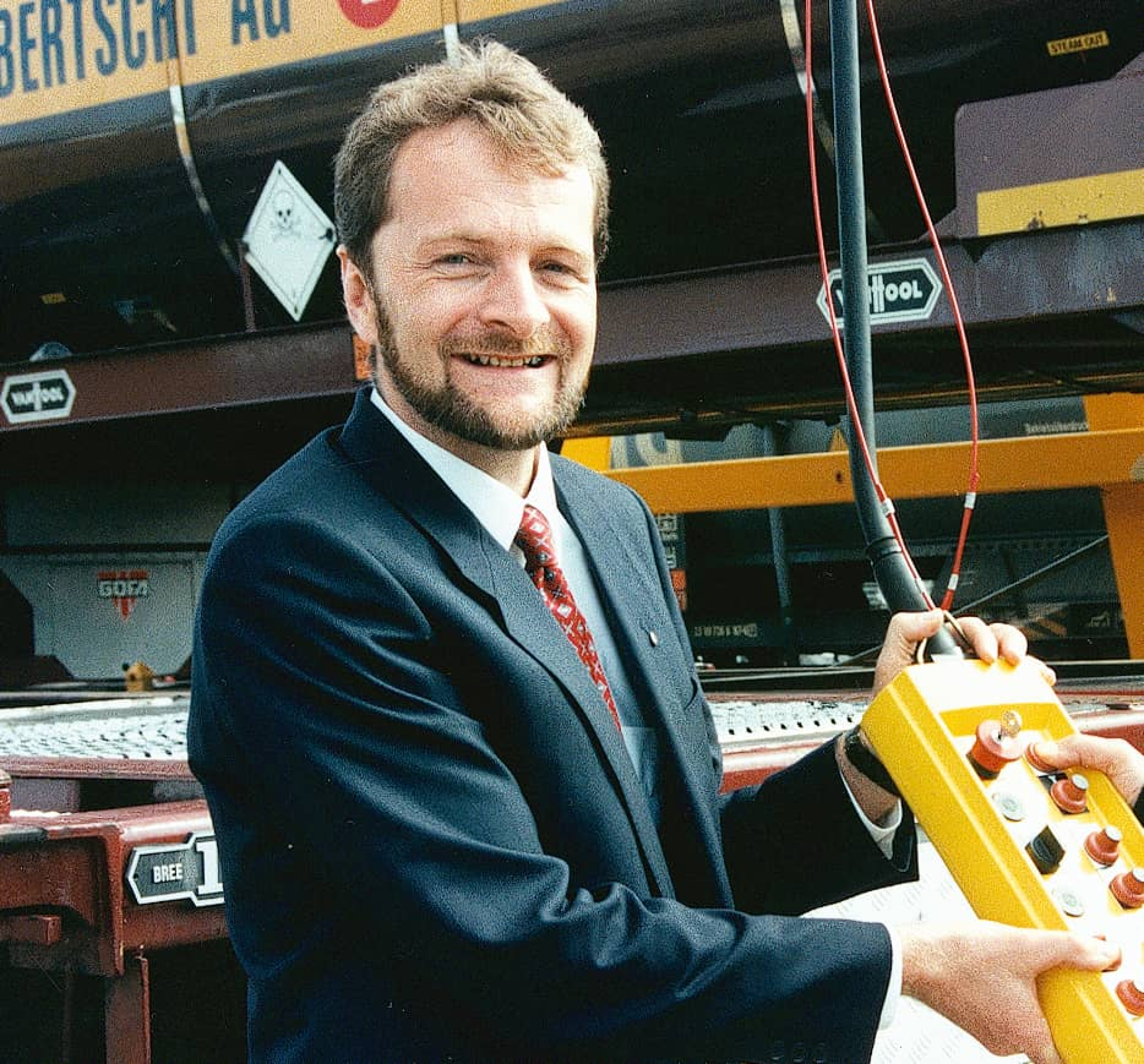
On reaching the age of 65, Hans Bertschi hands over management of the Bertschi Group to his son, Hans-Jörg Bertschi.
1997 – Acquisition of Dittes
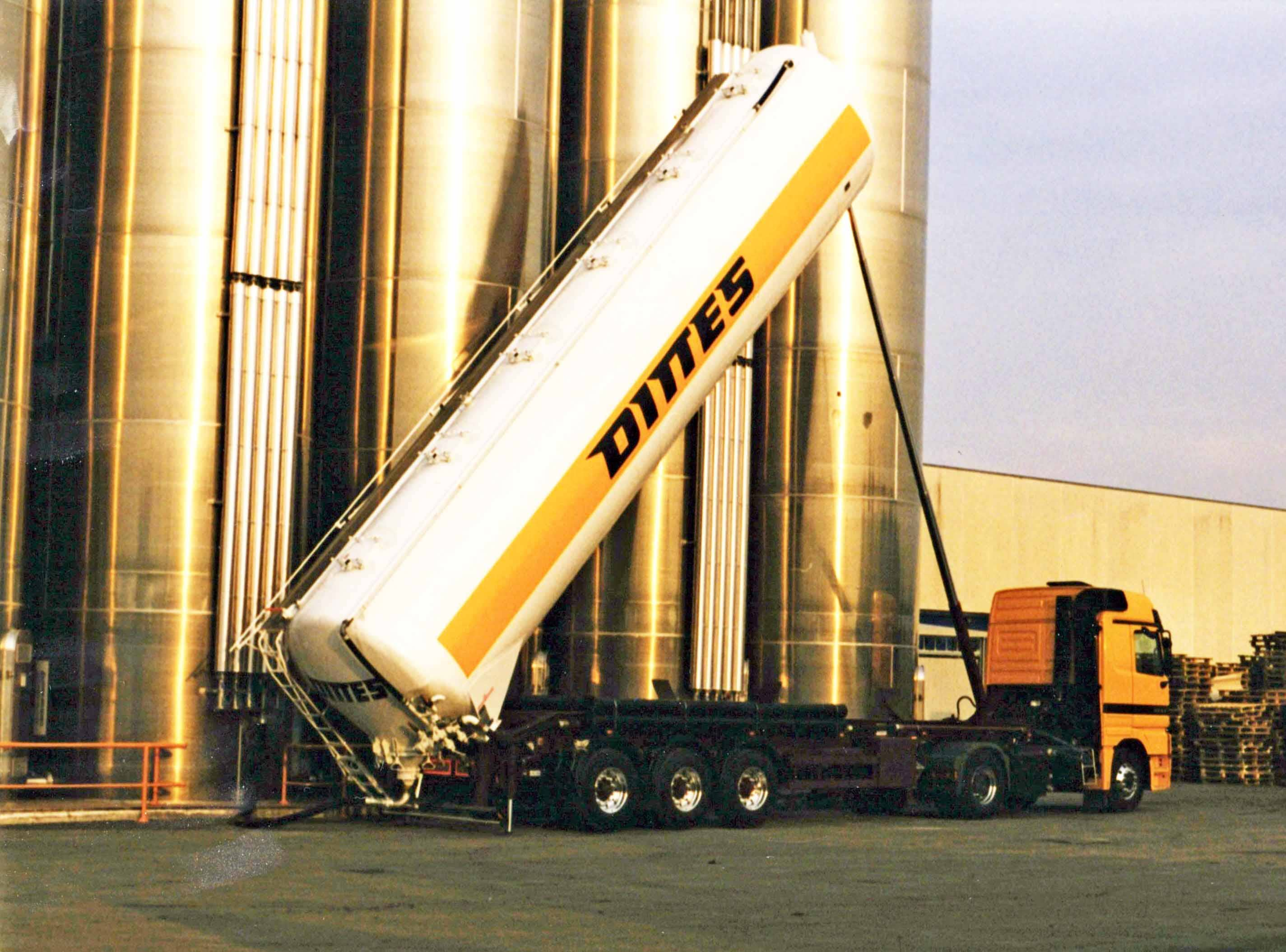
In 1997, Bertschi is able to take over the German silo haulier Dittes in the absence of a successor within the ownership family. Dittes includes 60 silo trucks and 200 containers that are integrated into the existing Bertschi fleet.
1997 – Leadership succession
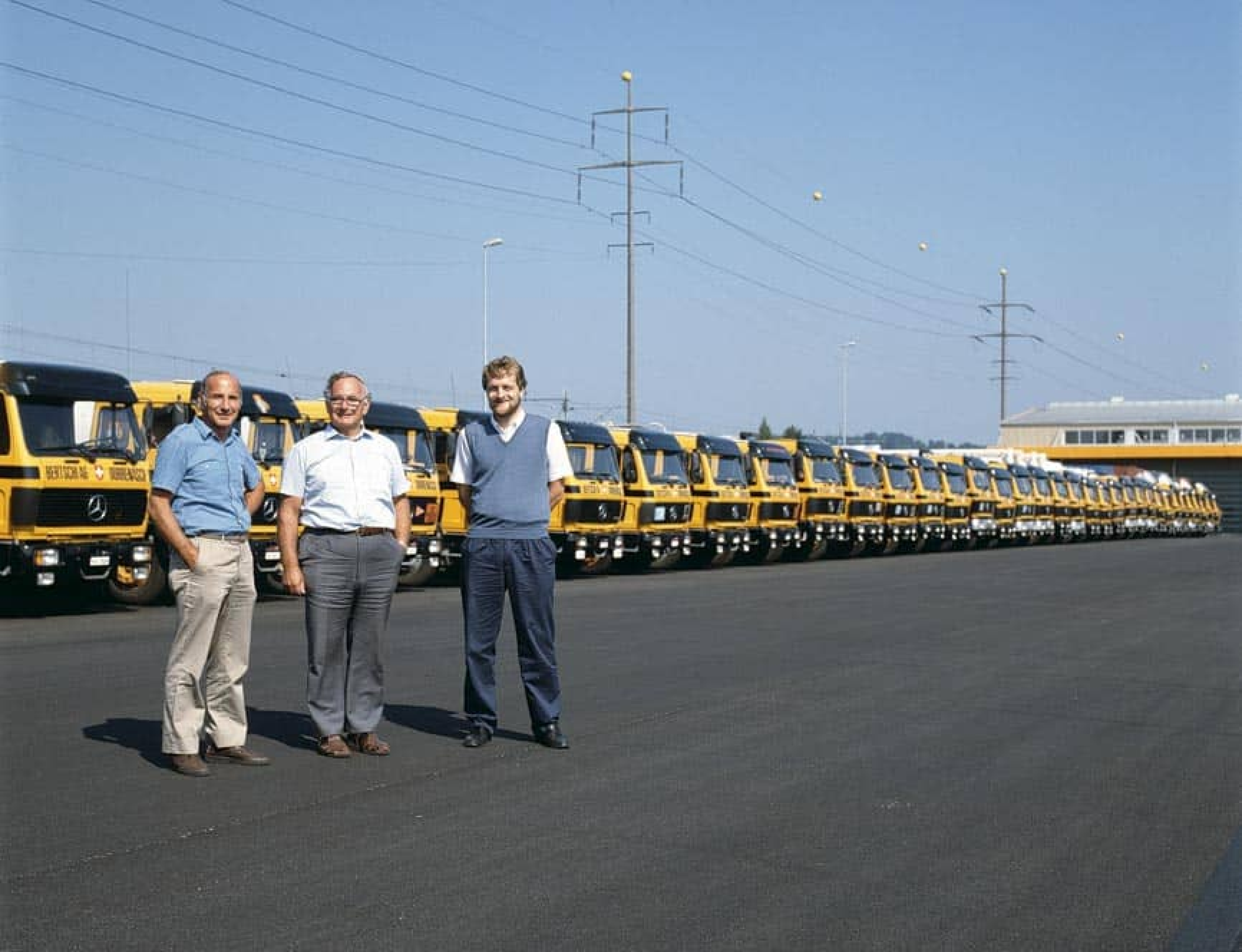
At the age of 60, Rolf Bertschi decides to step down and retires from the company. At the same time, Hans-Jörg Bertschi takes over the Chairmanship of the Board of Directors from Hans Bertschi, who remains a member of the Board until age 70.
1999 – Construction of Visp container terminal
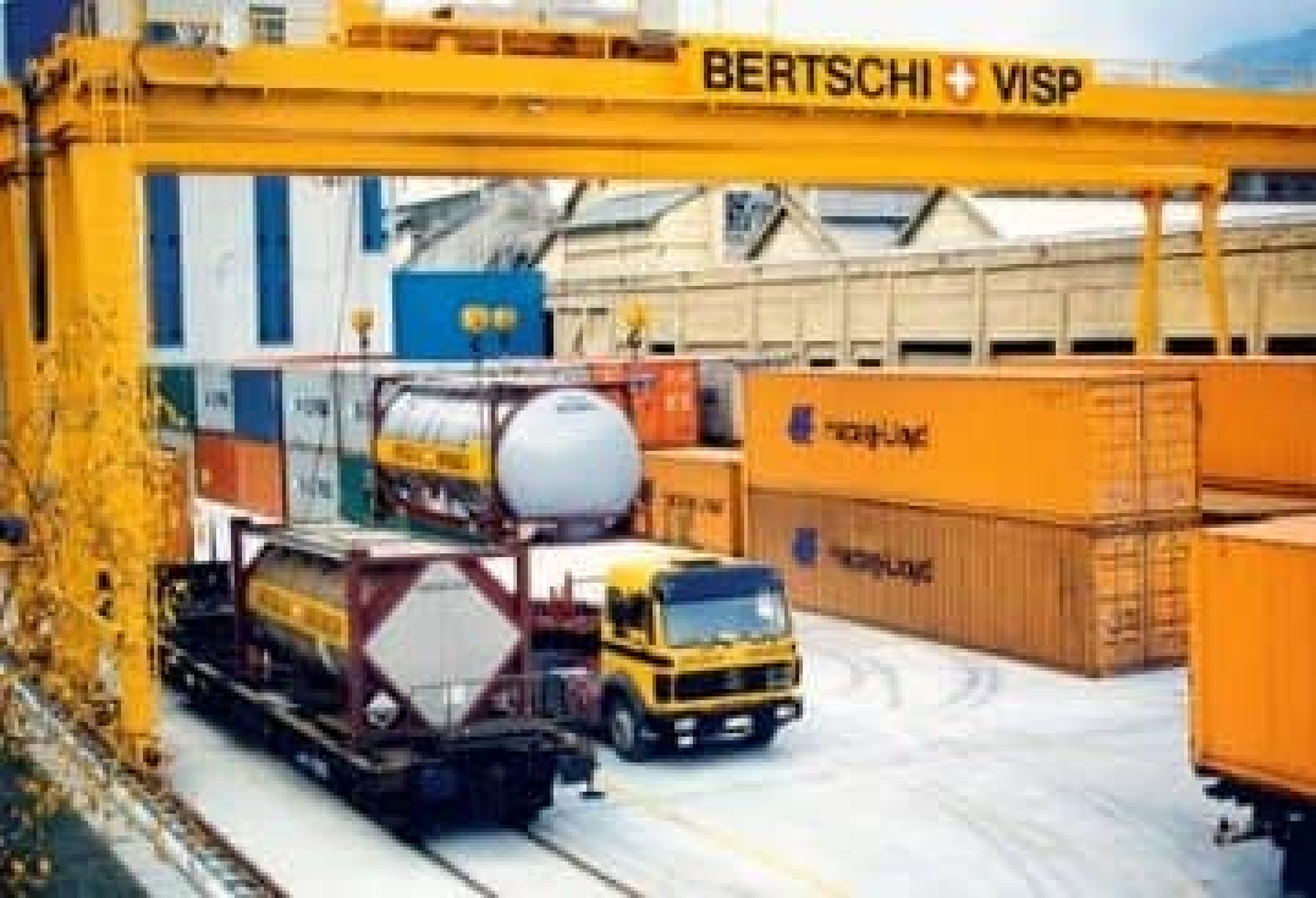
At the end of August 1999, Bertschi commences operations at a newly-built container terminal at the Lonza AG site in Visp
1989-2004 – Establishment of subsidiaries in Eastern Europe
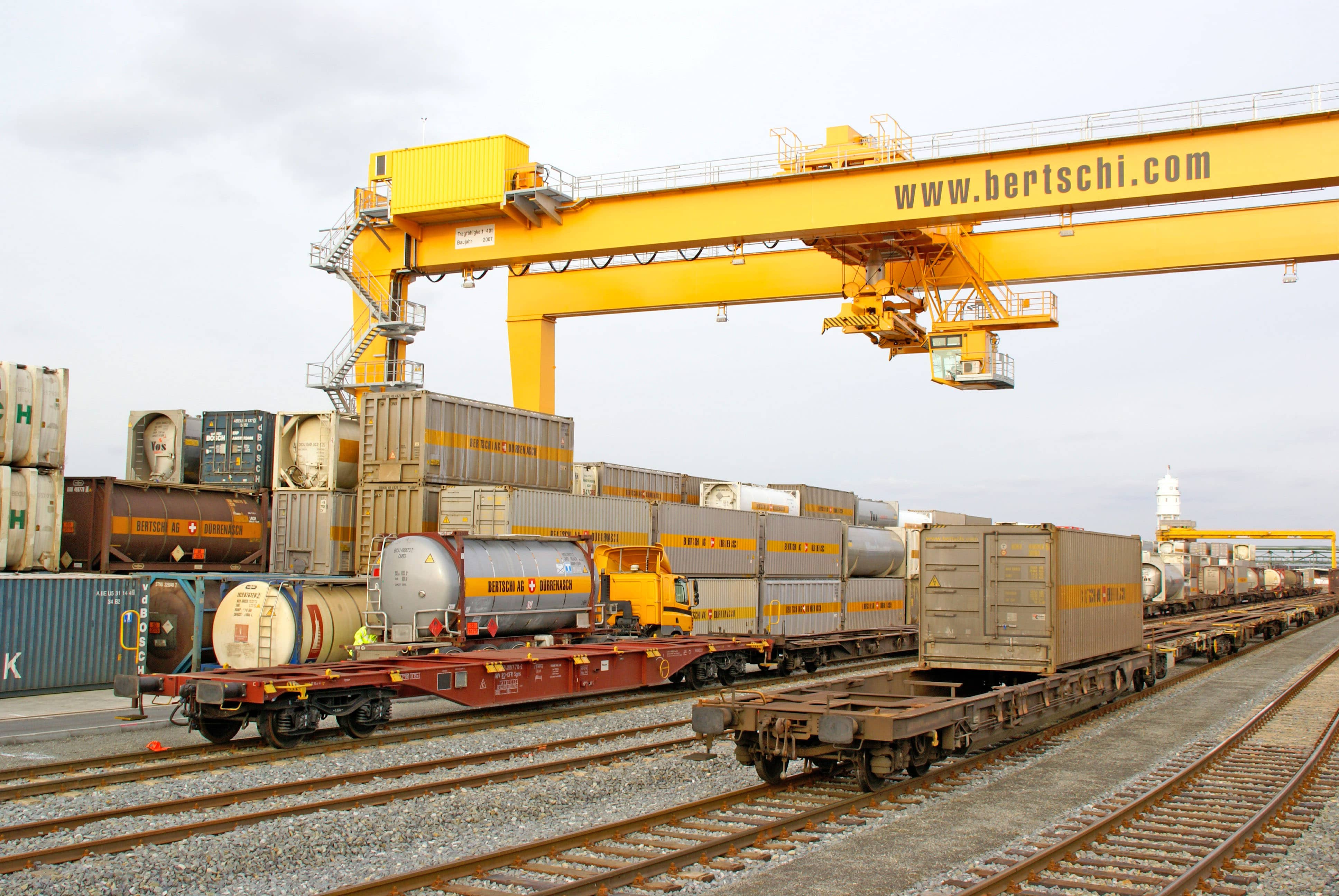
After the fall of the iron curtain, Bertschi opens subsidiaries in Eastern Germany, Poland, Slovenia, Hungary, Romania, Bulgaria and Slovakia. These locations are integrated into the pan-European network.
2005 – Founding of the St. Petersburg (Russia) subsidiary
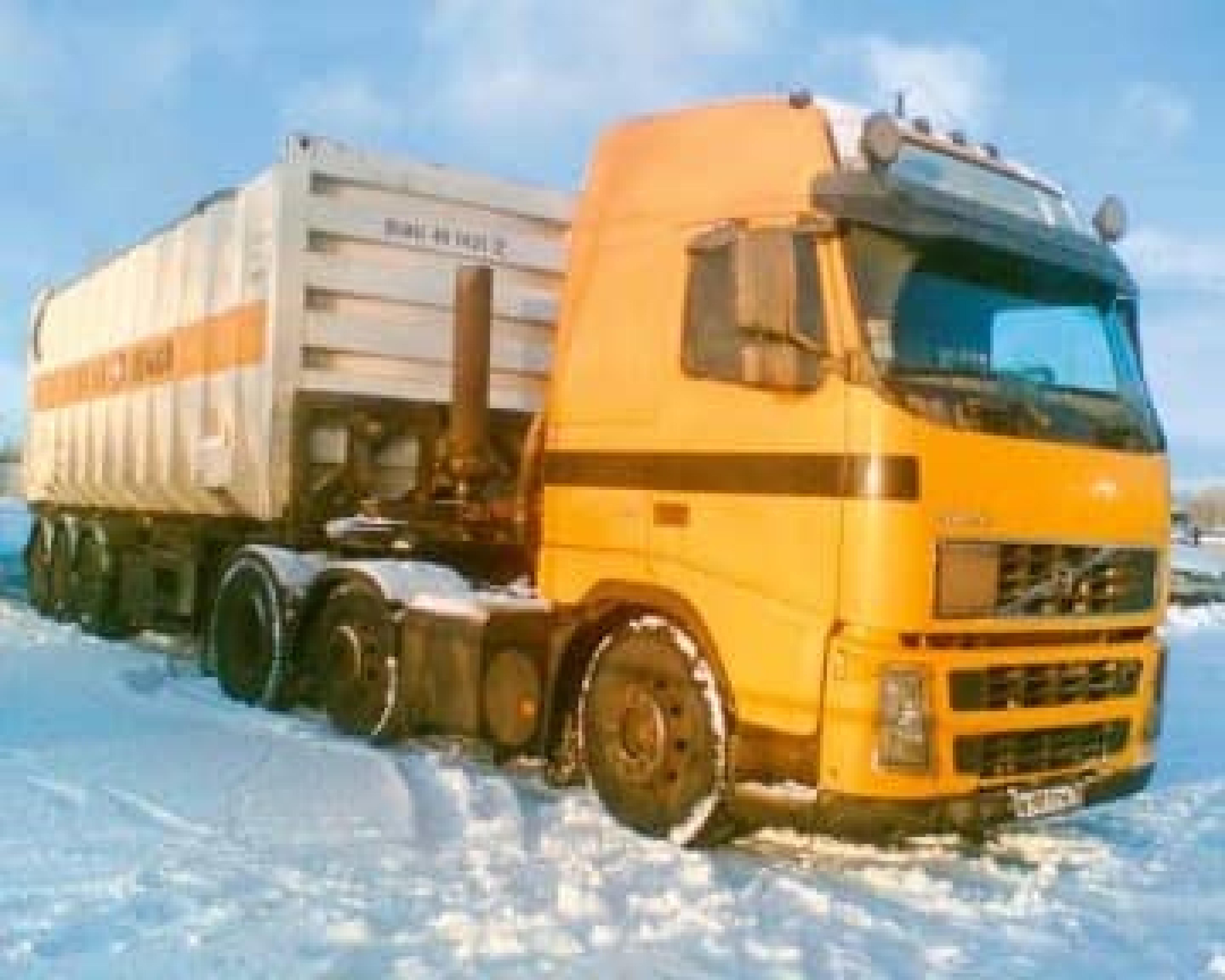
A fleet of Russian trucks is established at this subsidiary. The containers, which mostly arrive via short sea shipping from Rotterdam or Hamburg to St Petersburg, are distributed as far as the Urals and the Black Sea.
2005 – Acquisition of Nordic Bulkers
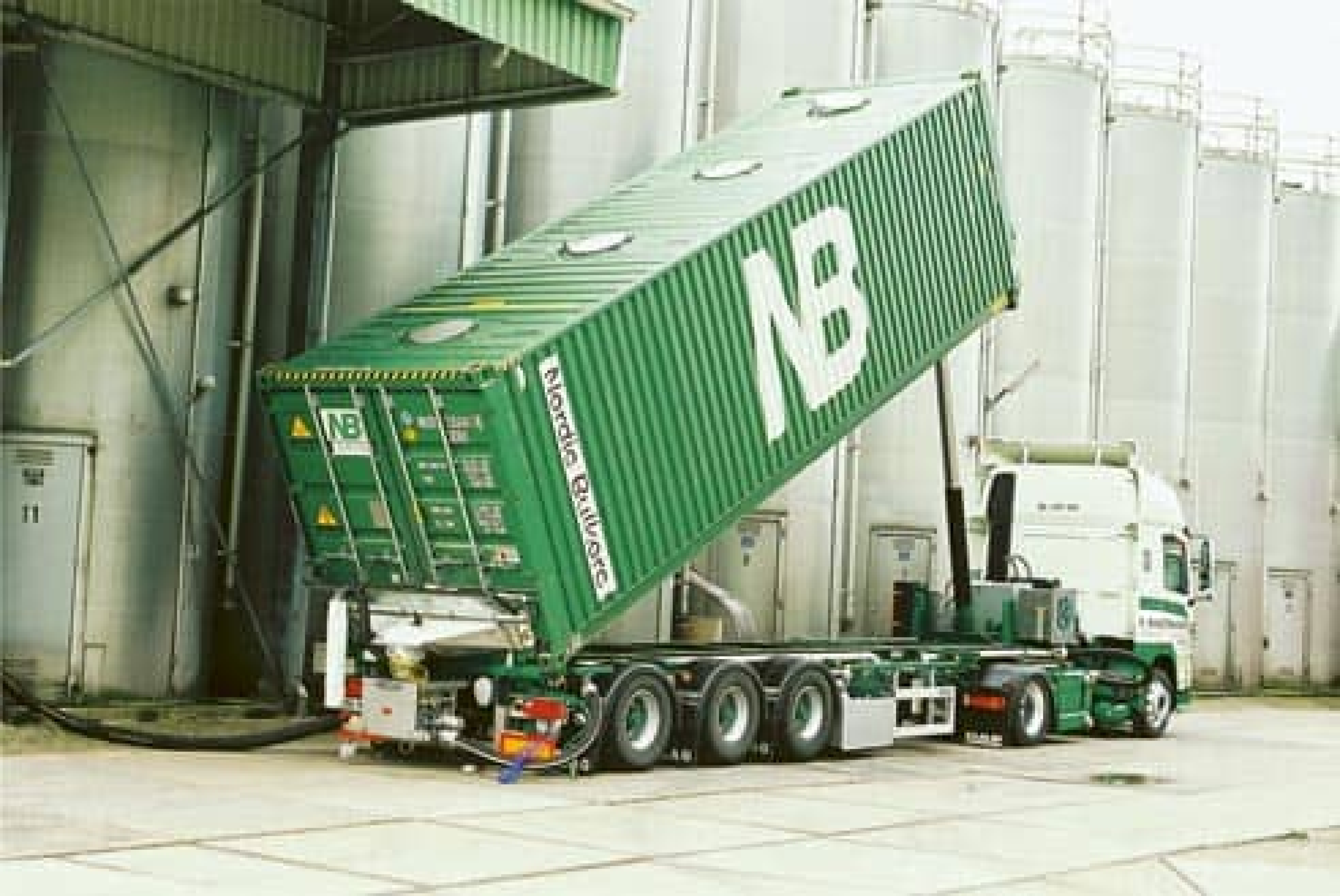
Nordic Bulkers AB, based in Gothenburg (Sweden), is the market leader for bulk transport in Sweden. Following the acquisition by Bertschi, the company continues to be managed independently.
2006 – 50 years of Bertschi
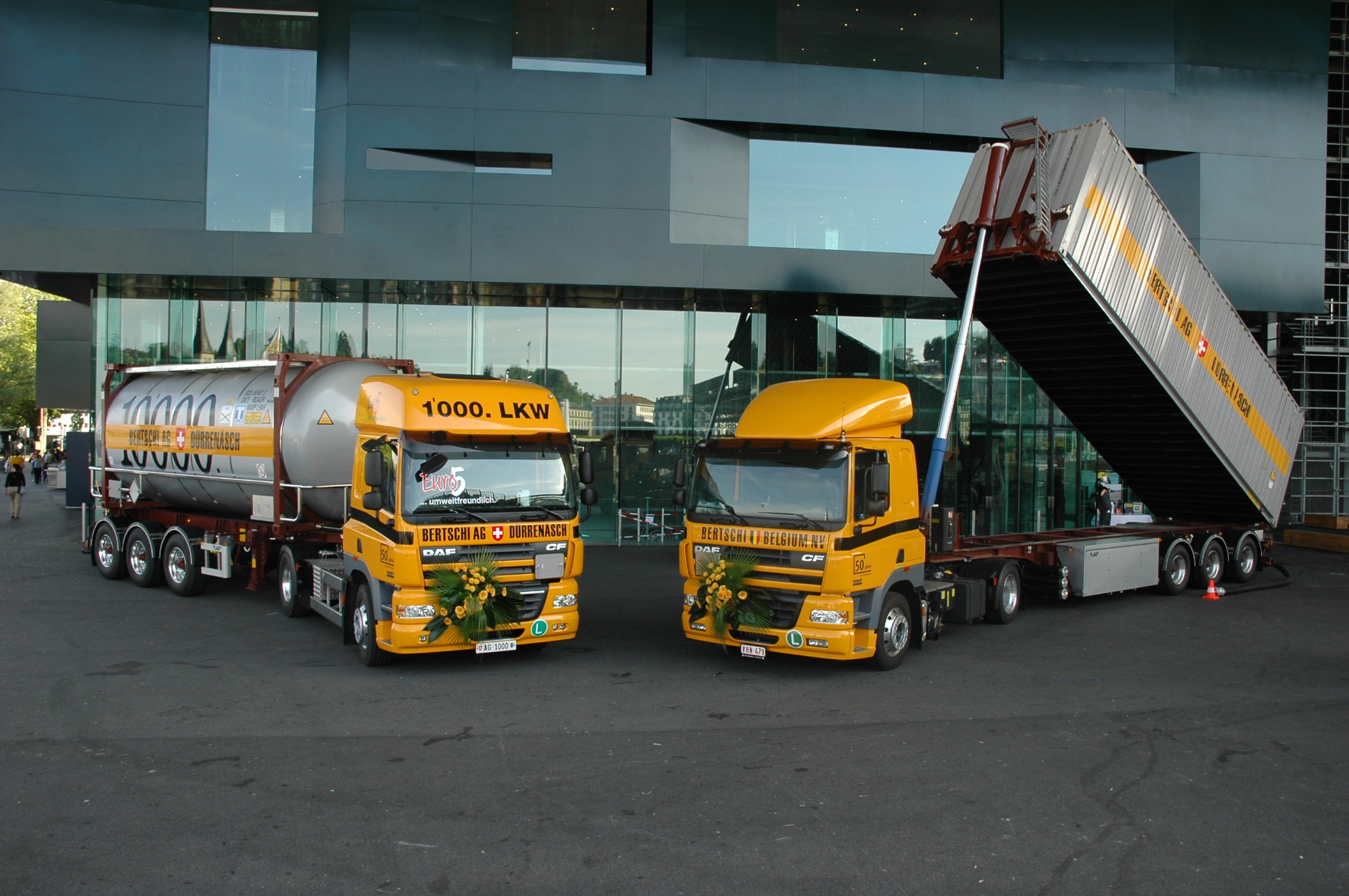
The anniversary is celebrated with a big event for employees, customers and the local community. The container fleet reaches 10,000 units, the truck fleet counts 1,000 units.
2007 – Founding of Rotterdam subsidiary
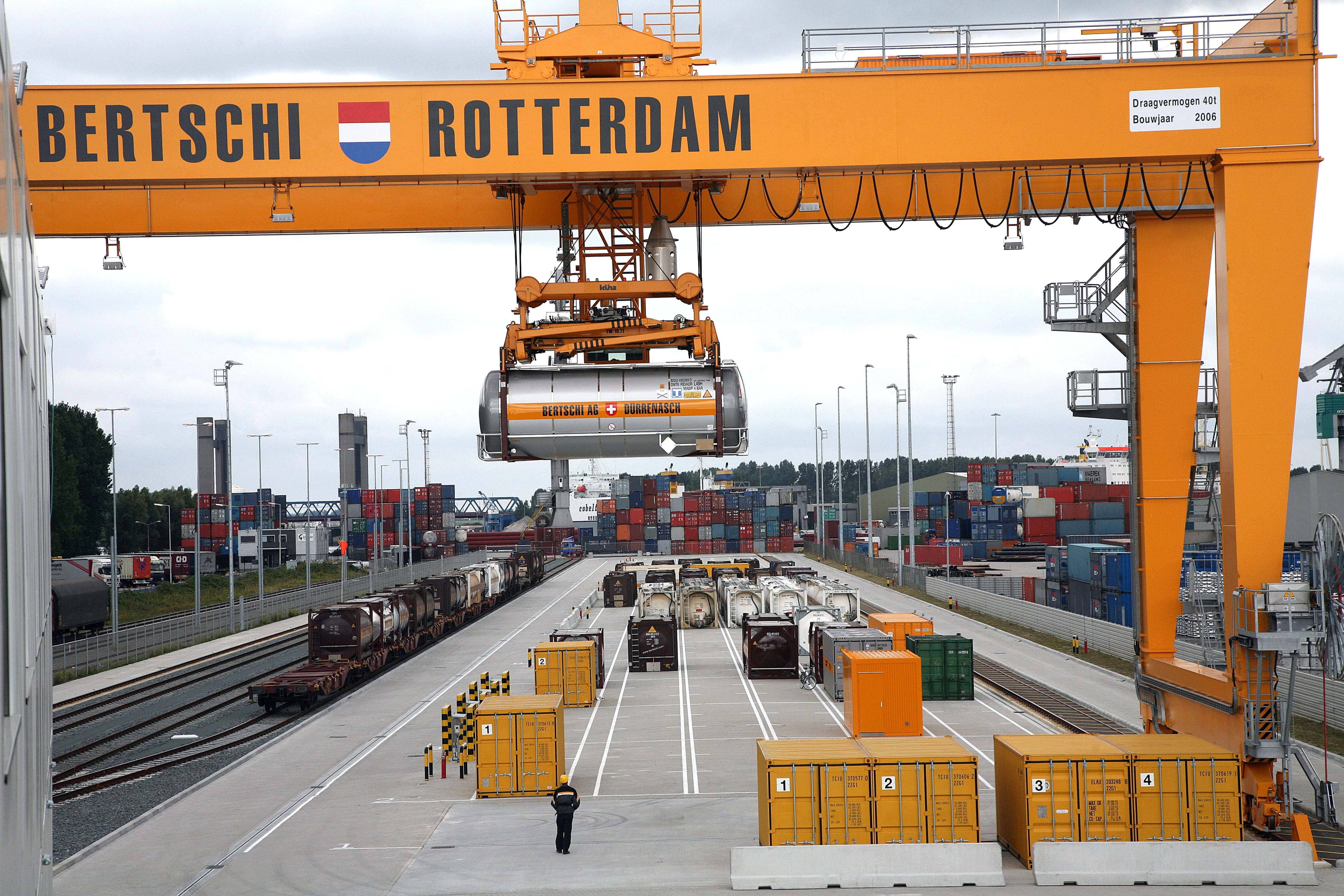
The company builds its own container terminal with rail and water connections at the Botlek port. The location within the Rotterdam port complex secures the link to the global chemical market.
2009 – Opening of Duisburg rail terminal (Germany)
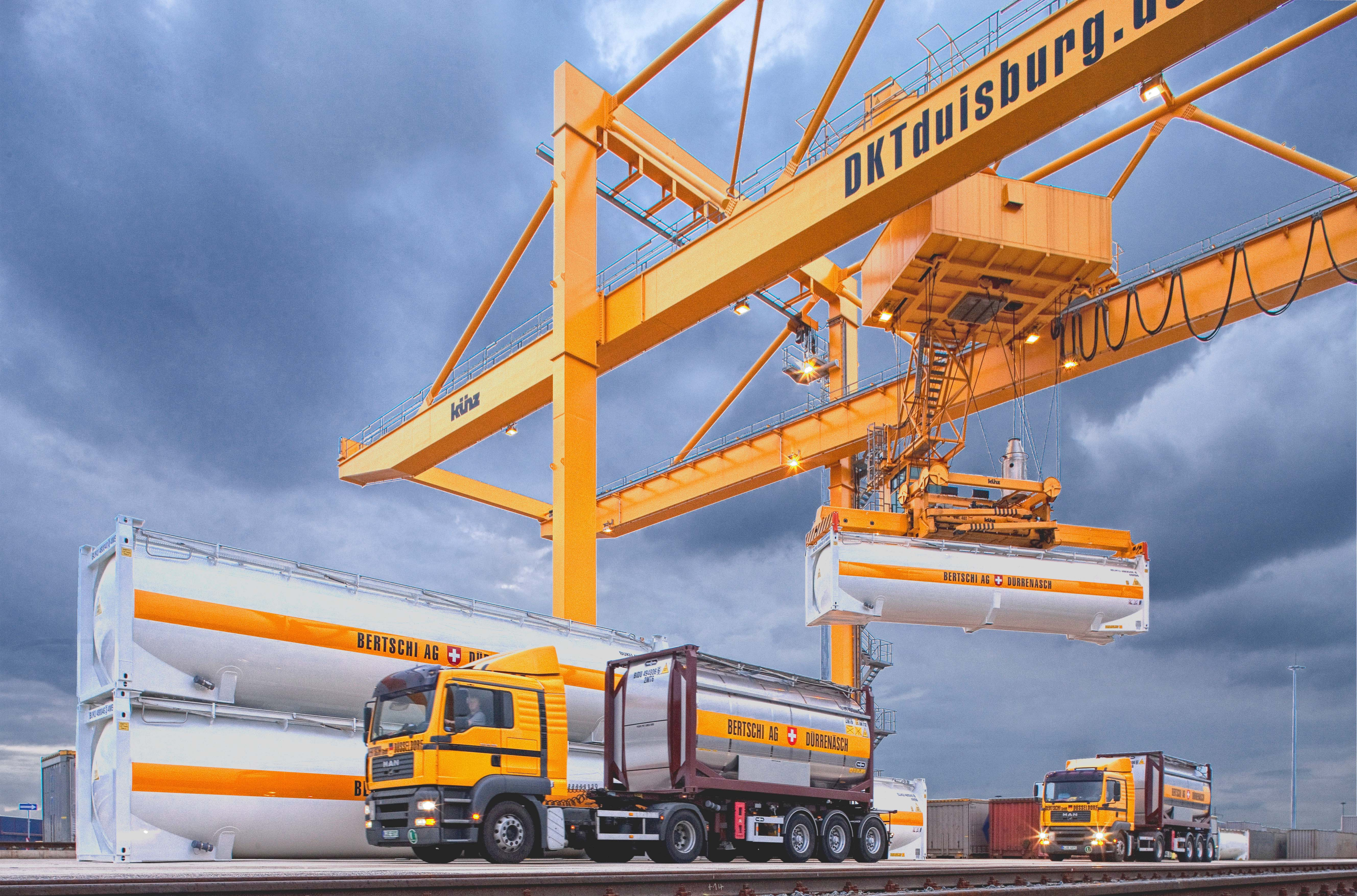
Bertschi opens a terminal for intermodal transport in Duisburg under the name of the newly founded company, DKT Duisburg Kombiterminal. The facility consists of a gantry crane with a span of 65 m, under which there are six tracks of length 470 m. In 2011, a second crane is added to the terminal.
2010 – Opening of plastics hub in Middlesbrough (England)
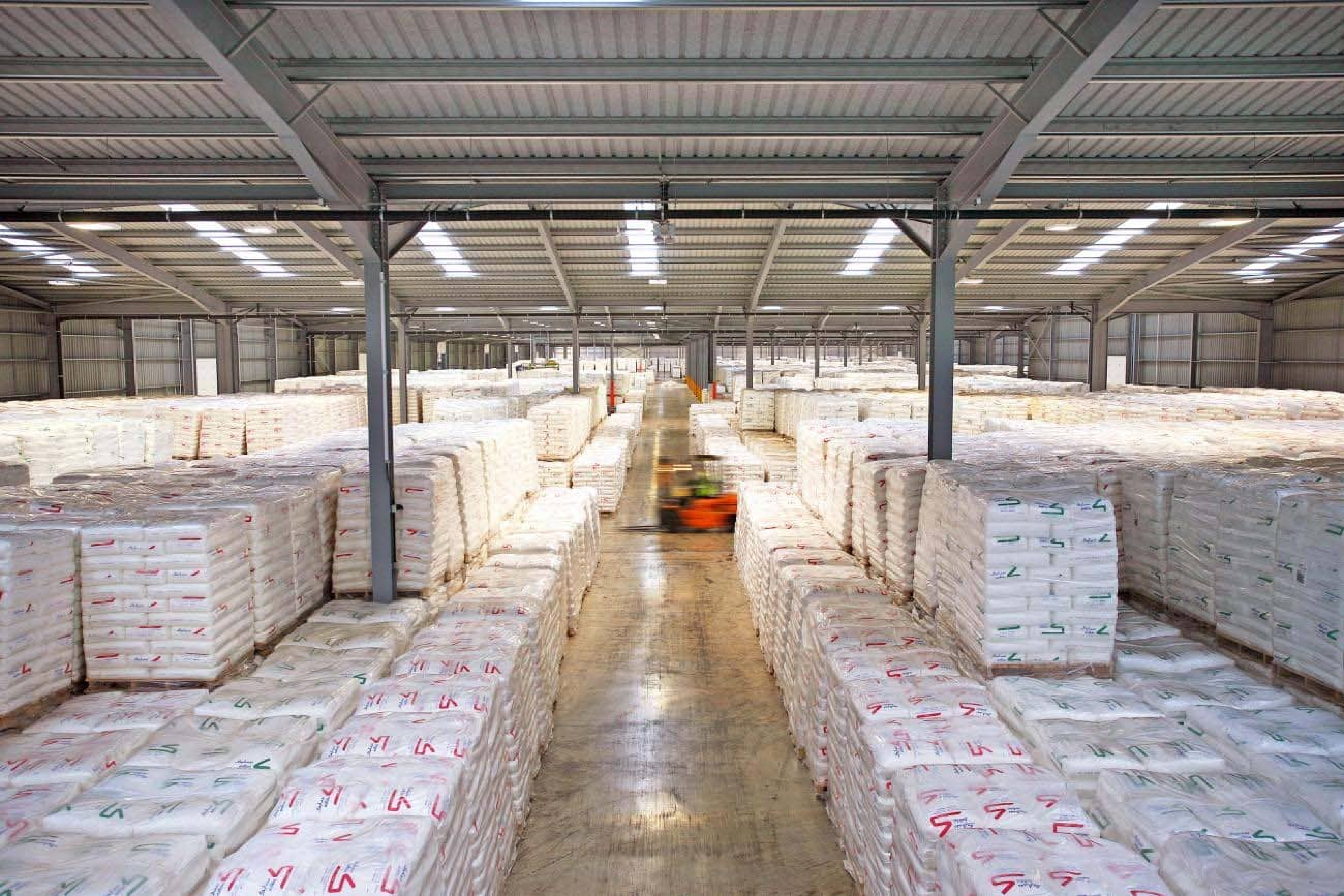
A 60,000 m2 plastics hub is constructed at the existing location of Bertschi UK in Middlesbrough. It includes an 18,000 m2 warehouse and a storage area with space for 1,000 containers. The hub provides storage and decanting of plastic products that predominantly origin from the Middle East.
2011 – Entry into global tank container transport
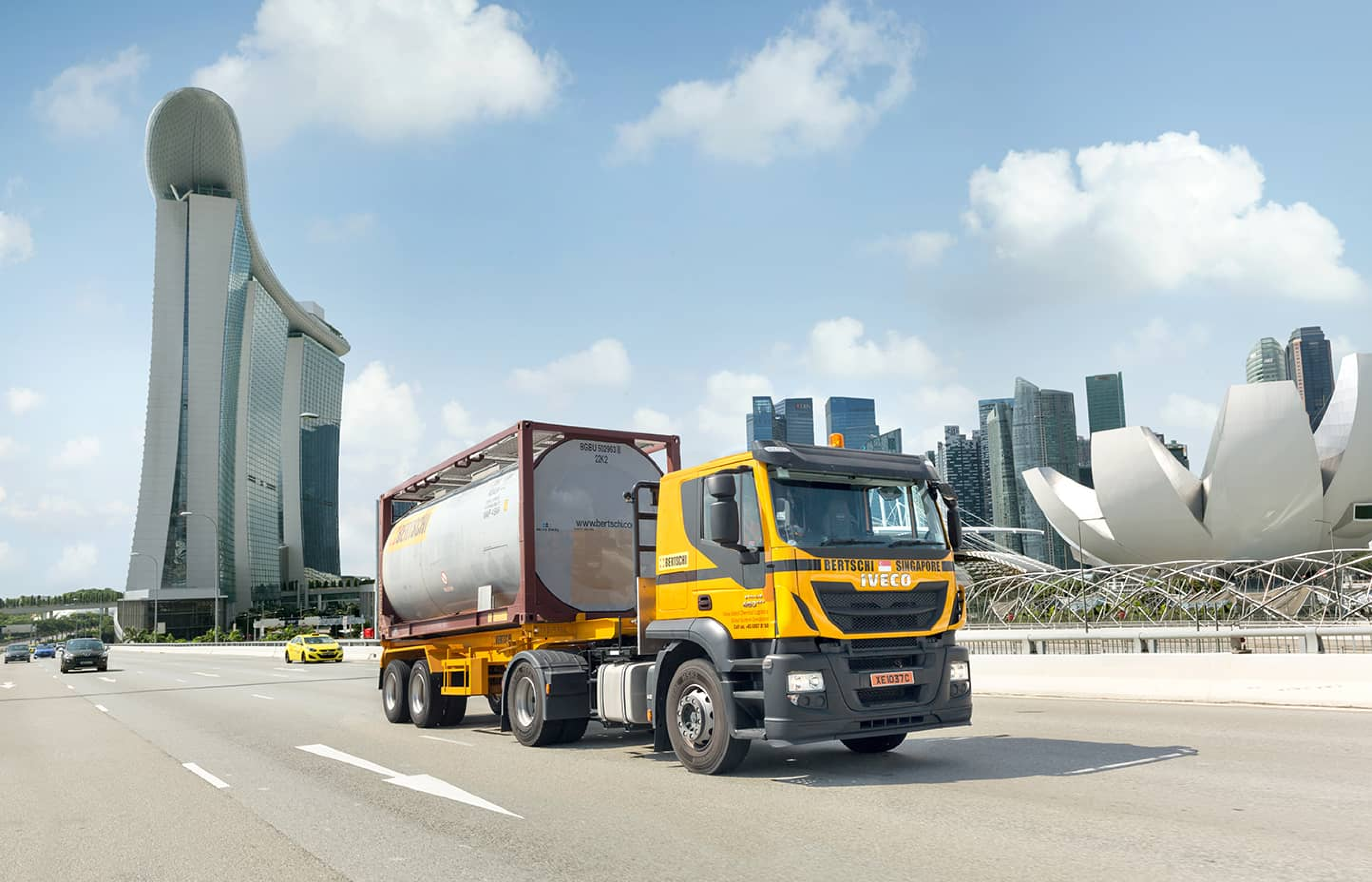
Bertschi decides to become global and establishes subsidiaries in Shanghai, Dubai and Houston in 2012 to operate in the international tank container business.
Singapore office is opened in 2013 and Santos (Brazil) in 2017. These locations are supplemented with a worldwide network of agents.
Singapore office is opened in 2013 and Santos (Brazil) in 2017. These locations are supplemented with a worldwide network of agents.
2012 – Construction of new office premises at the headquarters in Dürrenäsch (Switzerland

The company’s growth requires expansion of the office facilities. The new building at the headquarters in Dürrenäsch provides space for 150 additional employees.
2014/2017 – Acquisition of Elite Freight Management
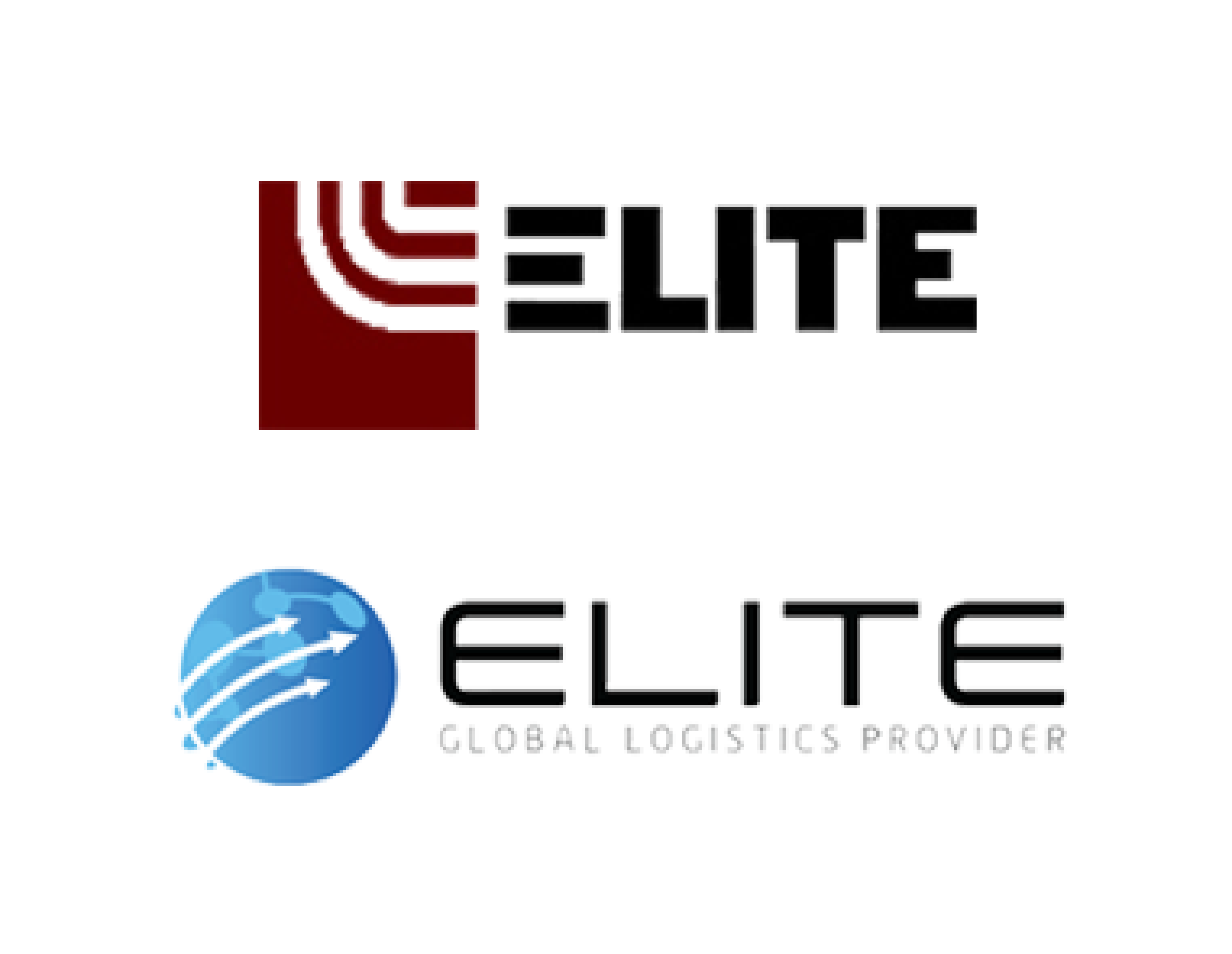
The acquisitions of Elite International Singapore (in 2014) and Elite Paloumé, Antwerp (in 2017) initiates the development of an additional global business unit in the area of freight management for the chemical customers.
2015 – Opening of Jurong Island Chemical Cluster (Singapore)
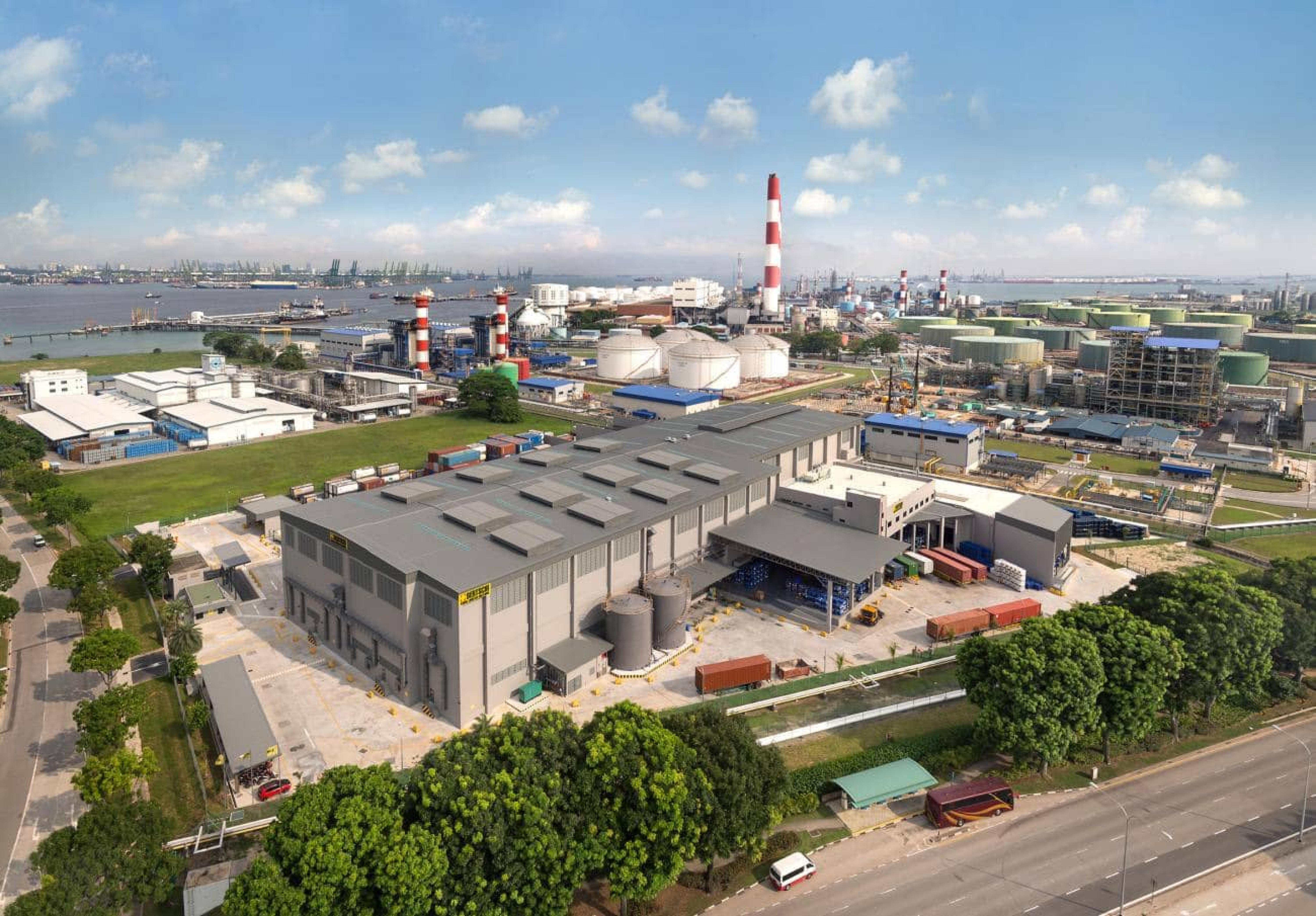
The logistics centre on Jurong Island (Singapore), right in the heart of South East Asia’s largest chemical industry cluster, is opened in 2015. As Bertschi’s first warehousing facility outside Europe it represents a further milestone in the company’s history. From its strategic location, Bertschi offers the chemical industry tank container storage, drum-filling facilities and a high-rack warehouse with space for 25,000 pallets. The facility is certified to handle and store dangerous goods.
2017 – Bertschi fleet reaches 30,000 containers
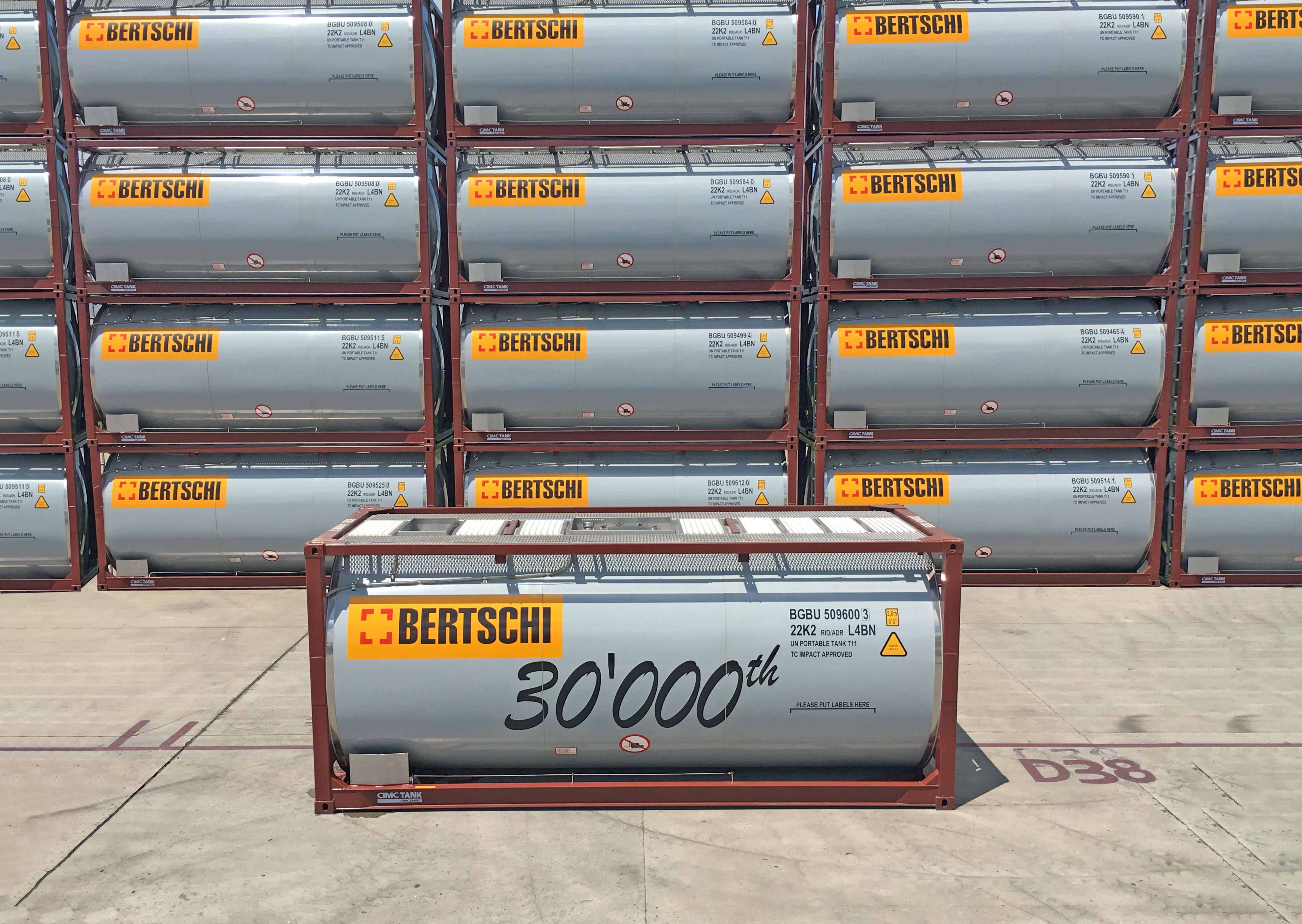
In August 2017, Bertschi reaches a fleet of 30,000 containers. This comprises tank and dry bulk containers that are used for transportation within Europe and global deep sea traffic, in particular for the chemical industry.
2018 – Opening of 2nd warehouse on Jurong Island (Singapore
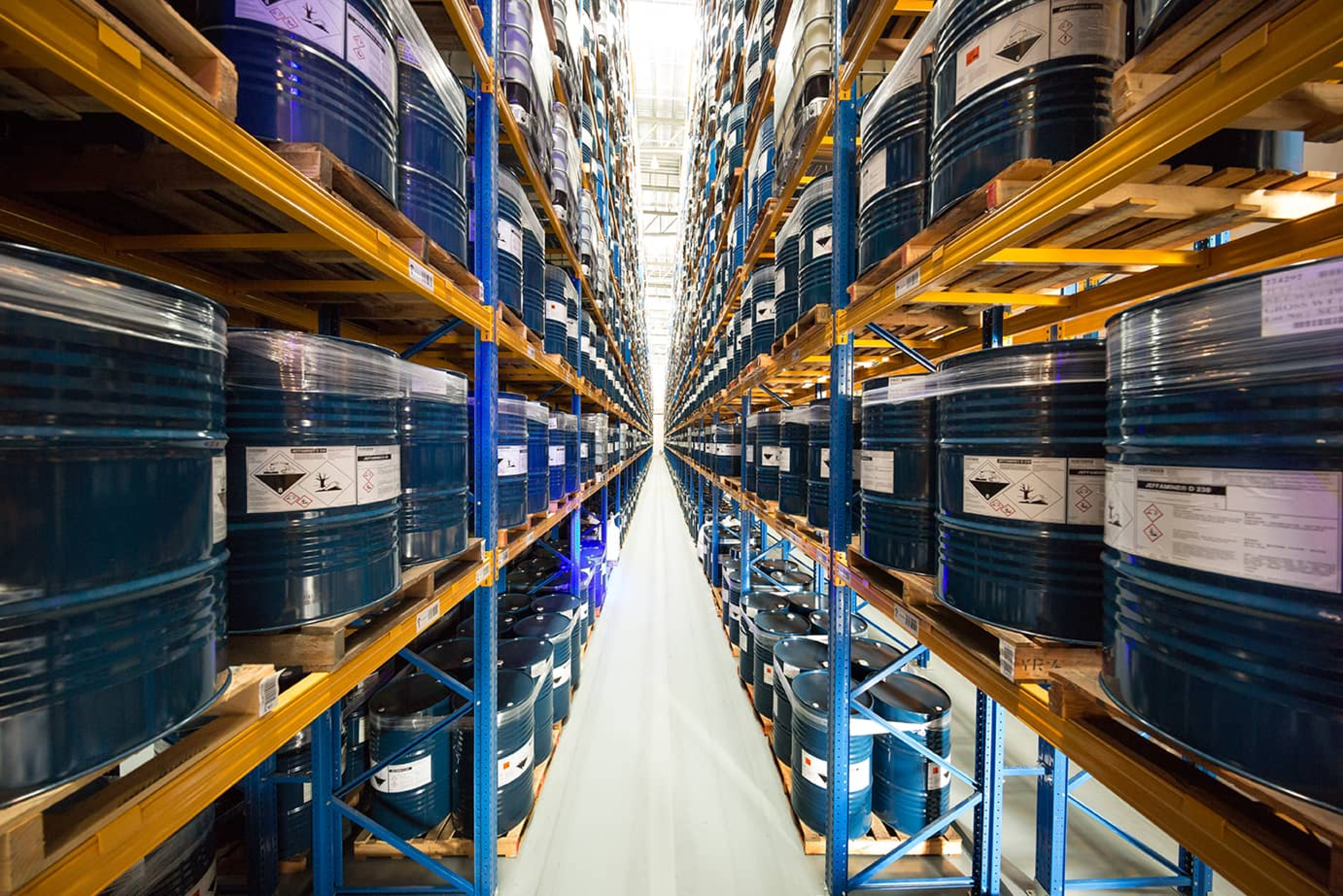
Only 3 years after the opening of the Bertschi Jurong Island Chemical Cluster in Singapore, an extension is already commissioned. The additional warehouse doubles the capacity to a new total of 50,000 pallets.
2019 - Completion of the expansion of the headquarters in Dürrenäsch (Switzerland)
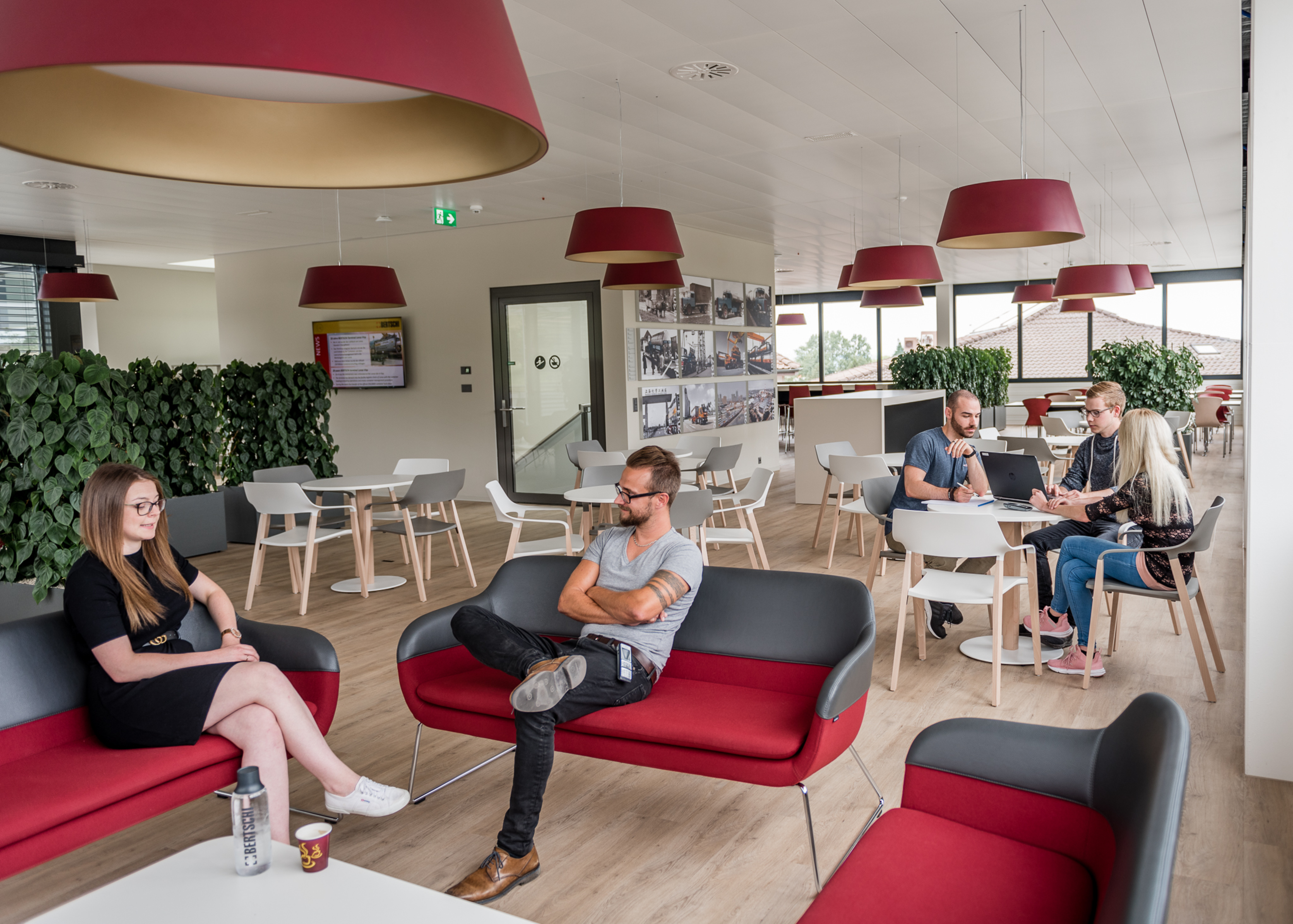
In the extension, two floors were added to the existing office building in addition to a new parking deck. Special attention was paid to ecological aspects. Heating and cooling are provided by an environmentally friendly heat pump with a geothermal probe and charging stations for electric cars and e-bikes enable employees to make their commuting to work CO2-neutral. A green recreation area with seating and barbecue facilities has been created outside. The new office premises meet the most modern requirements. Flooded with light and equipped with plants, they create a pleasant working atmosphere. The heart of the building, however, is the staff restaurant with cafeteria and sun terrace on the top floor.
2022 - Bertschi sends 40,000th container on its journey
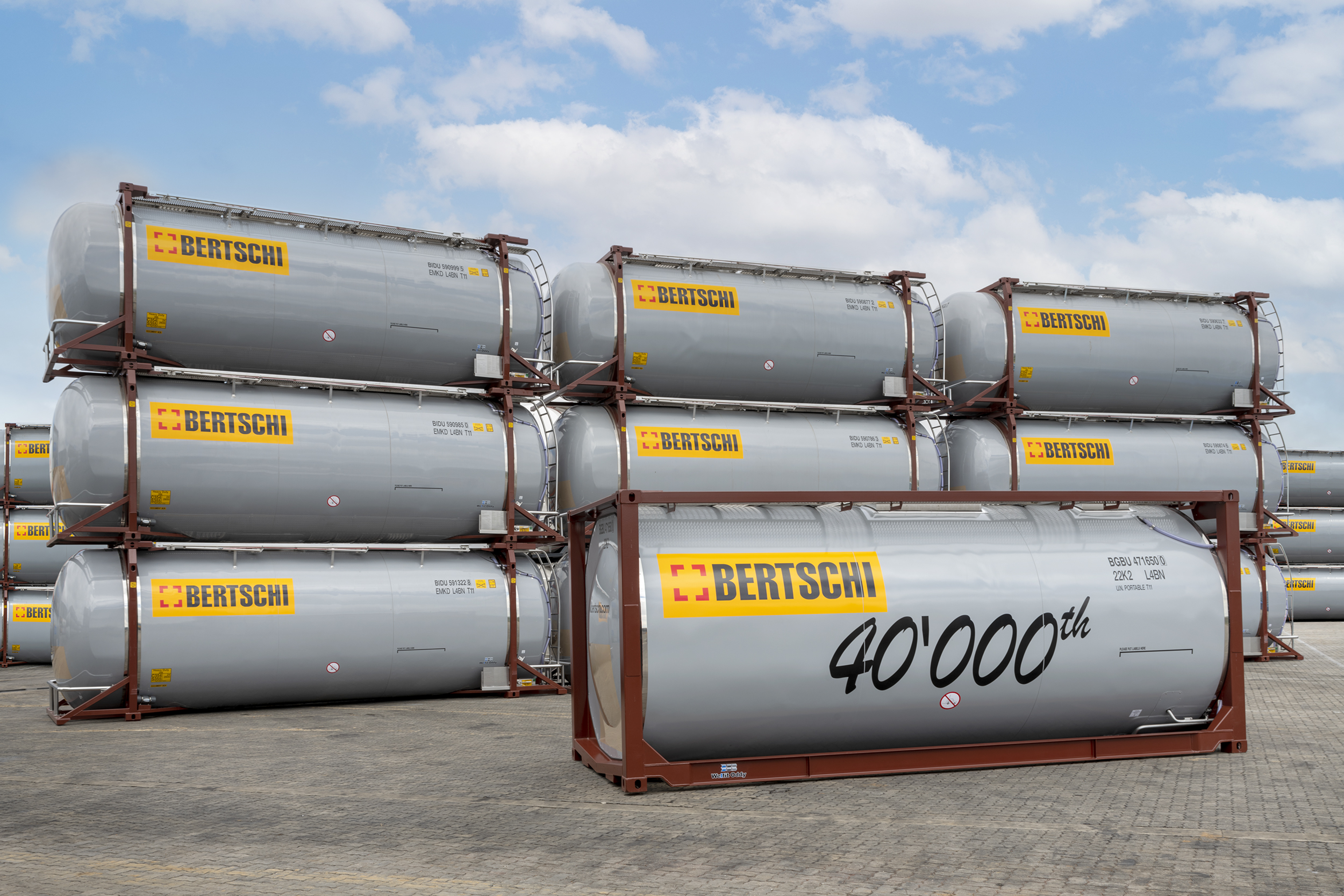
Bertschi reaches a fleet of 40,000 containers. These tank and dry bulk containers are utilized for transport within Europe and worldwide deep sea routes, catering specifically to the needs of the chemical industry.
2023 - Zhangjiagang Chemical logistics hub in China starts operations
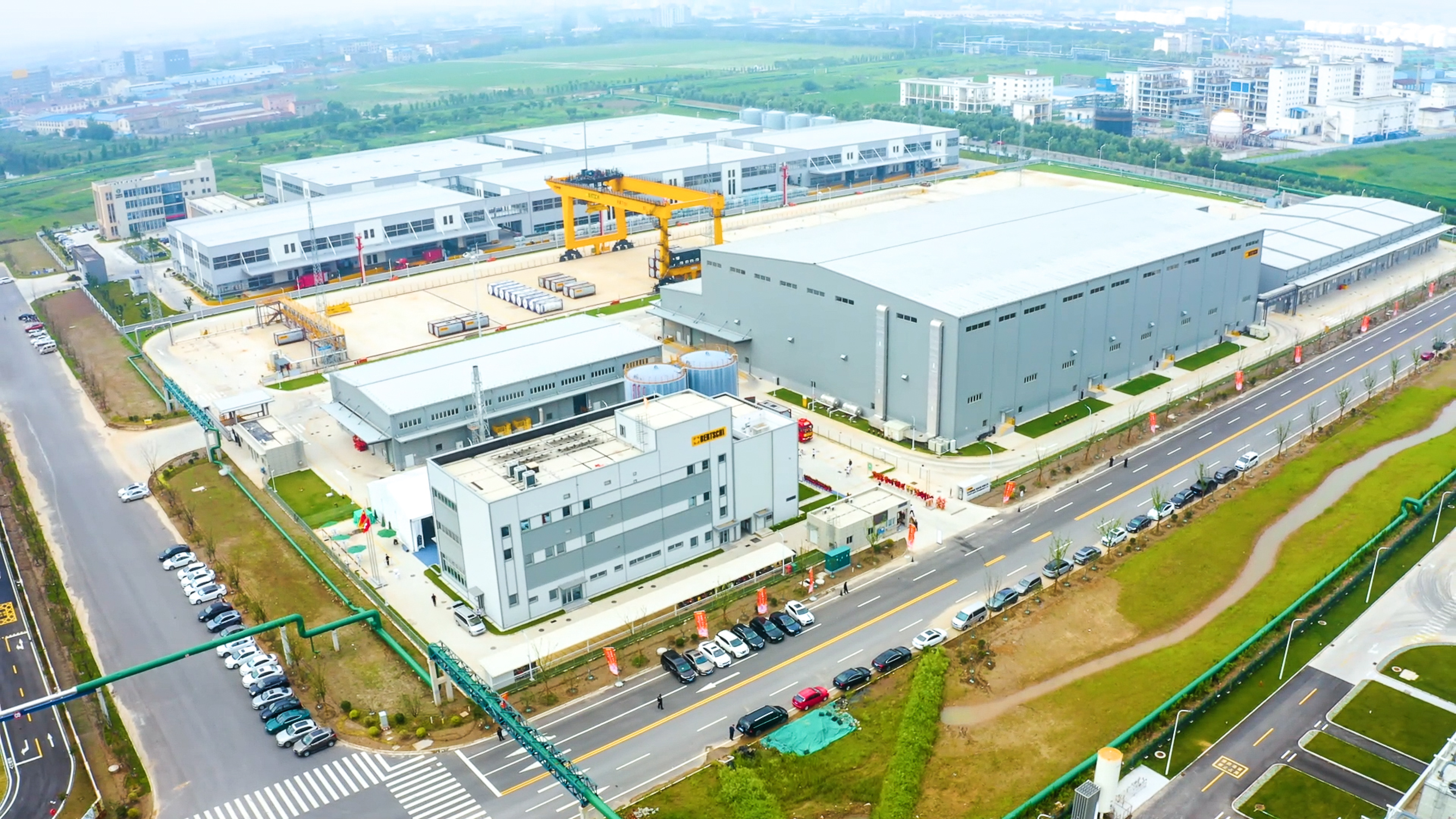
July 5, 2023 marked the official opening of the brand new Bertschi Zhangjiagang Liquids Hub, featuring a state-of-the-art dangerous goods storage facility capable of holding up to 1,100 tank containers, along with automated filling systems and three warehouses designed to store various classes of dangerous goods.
